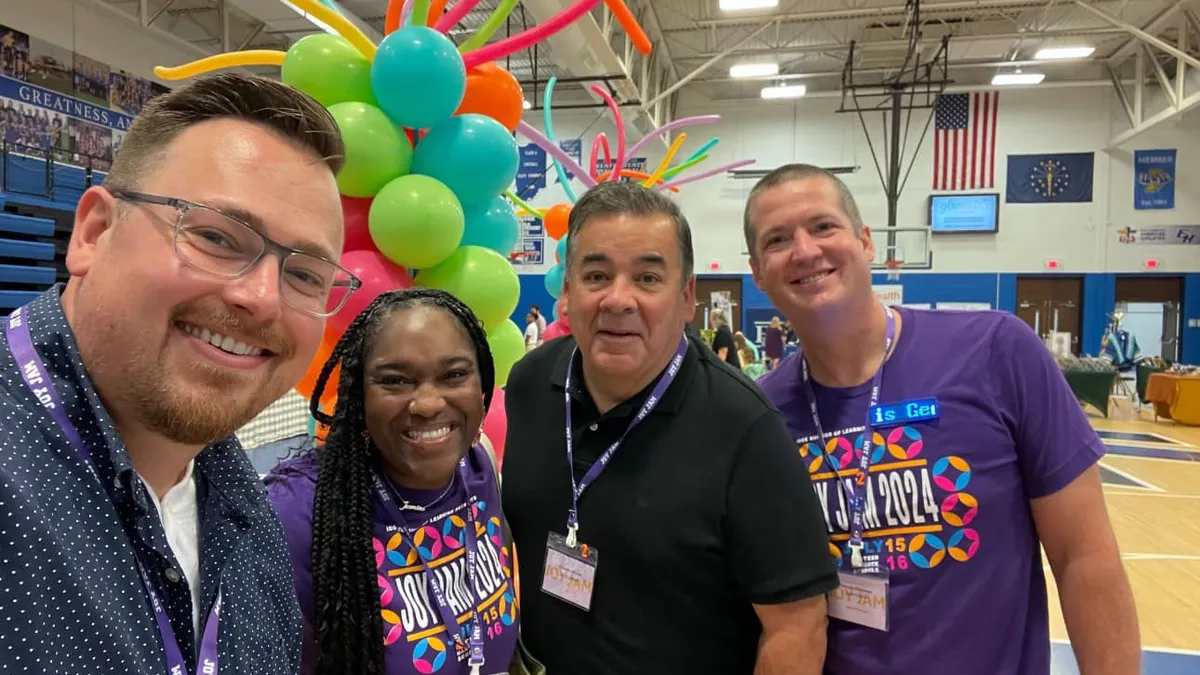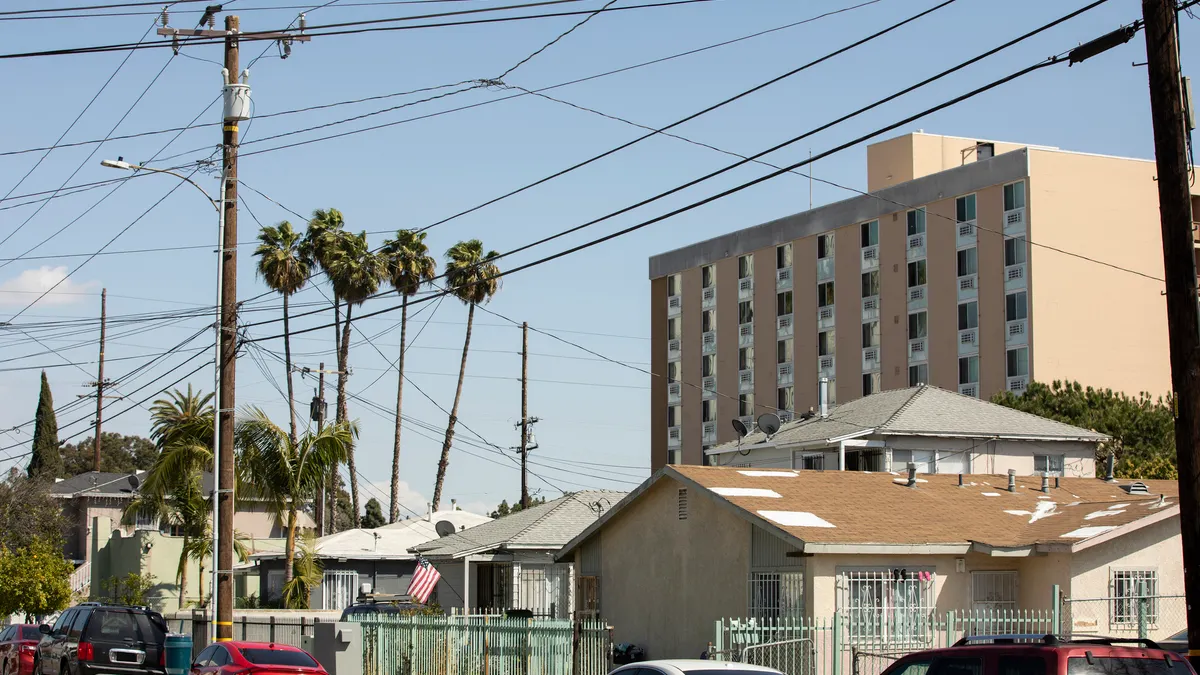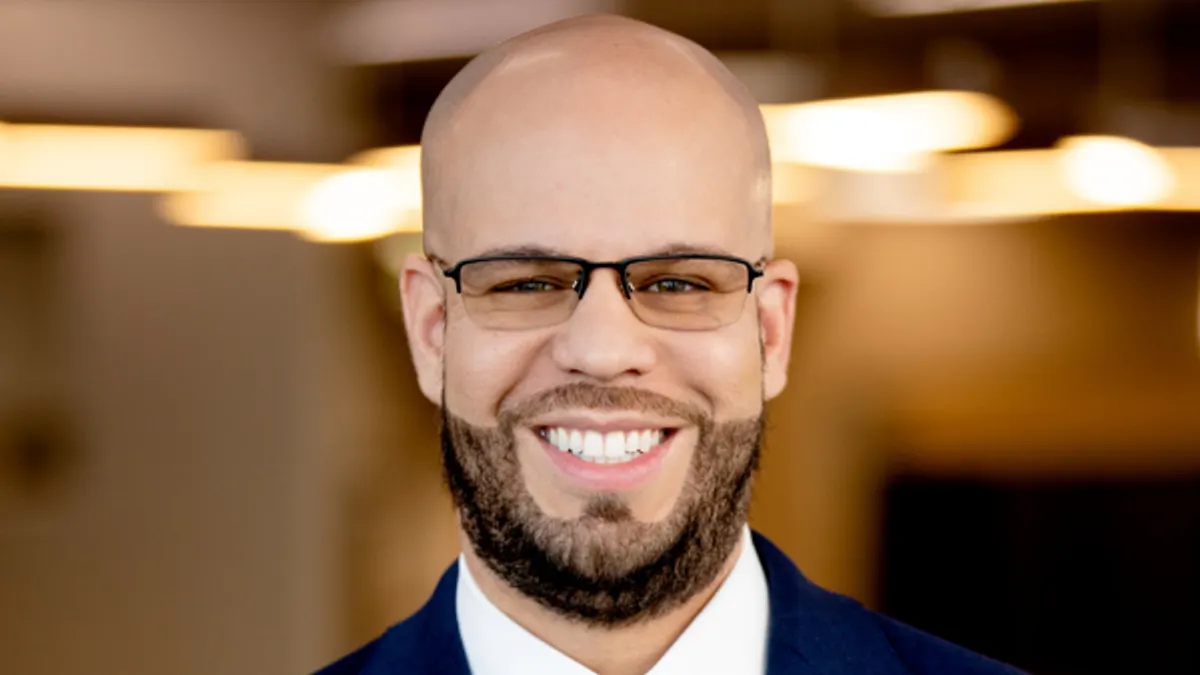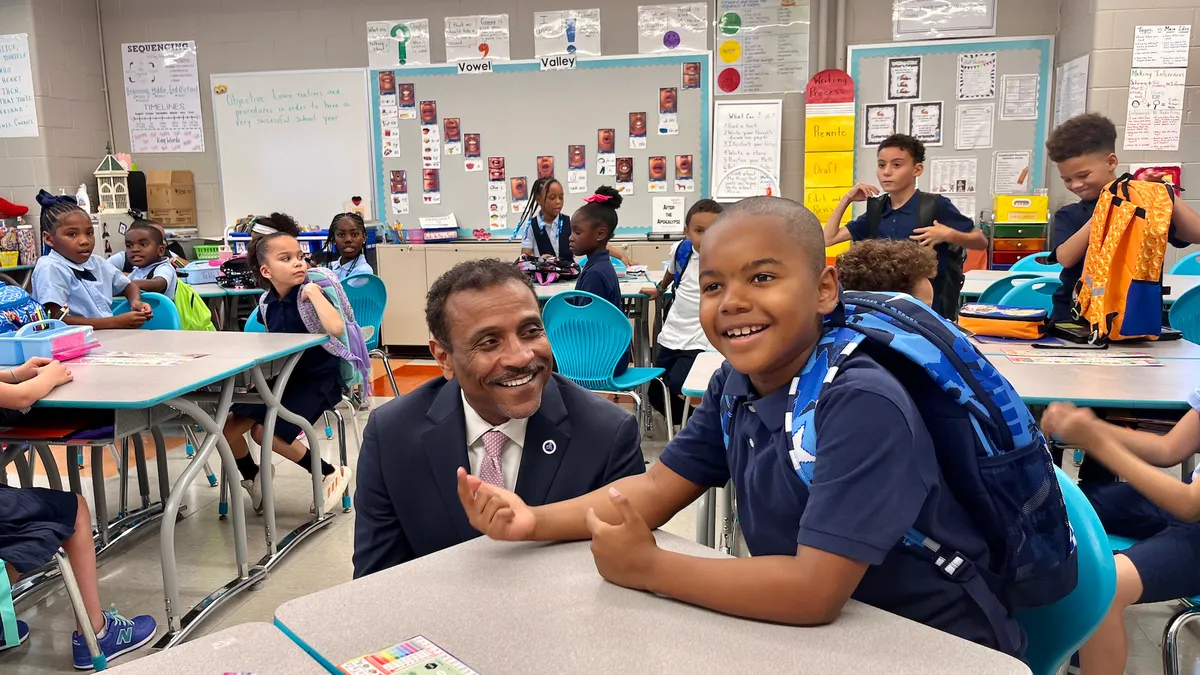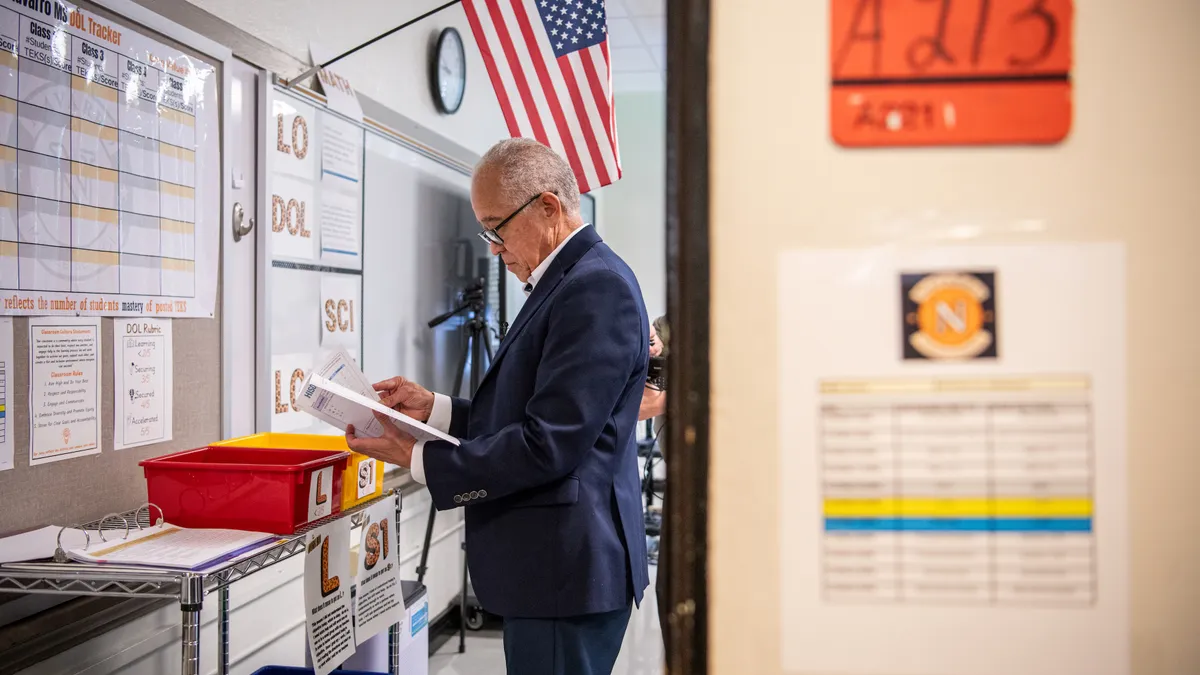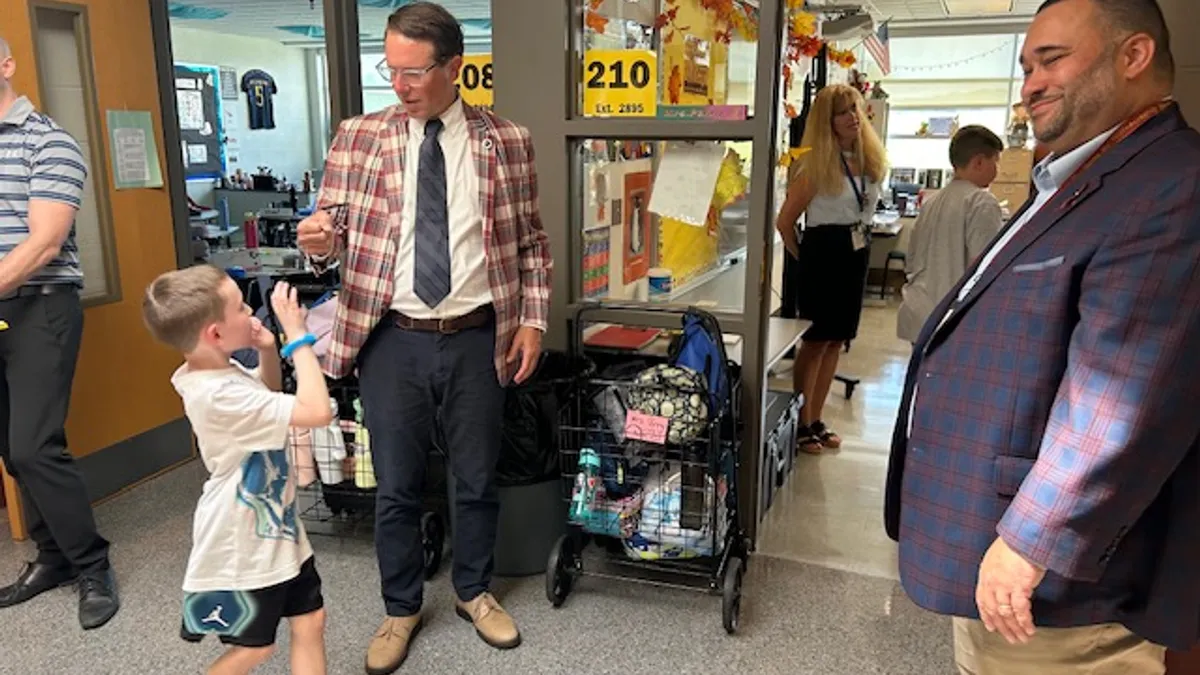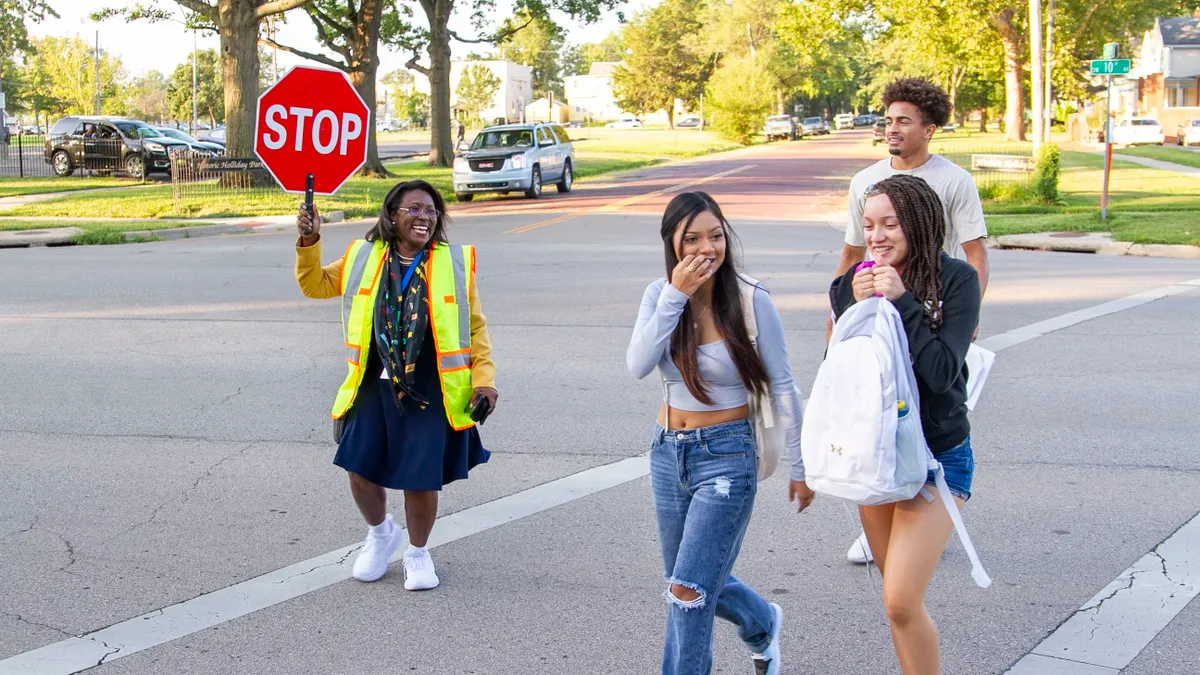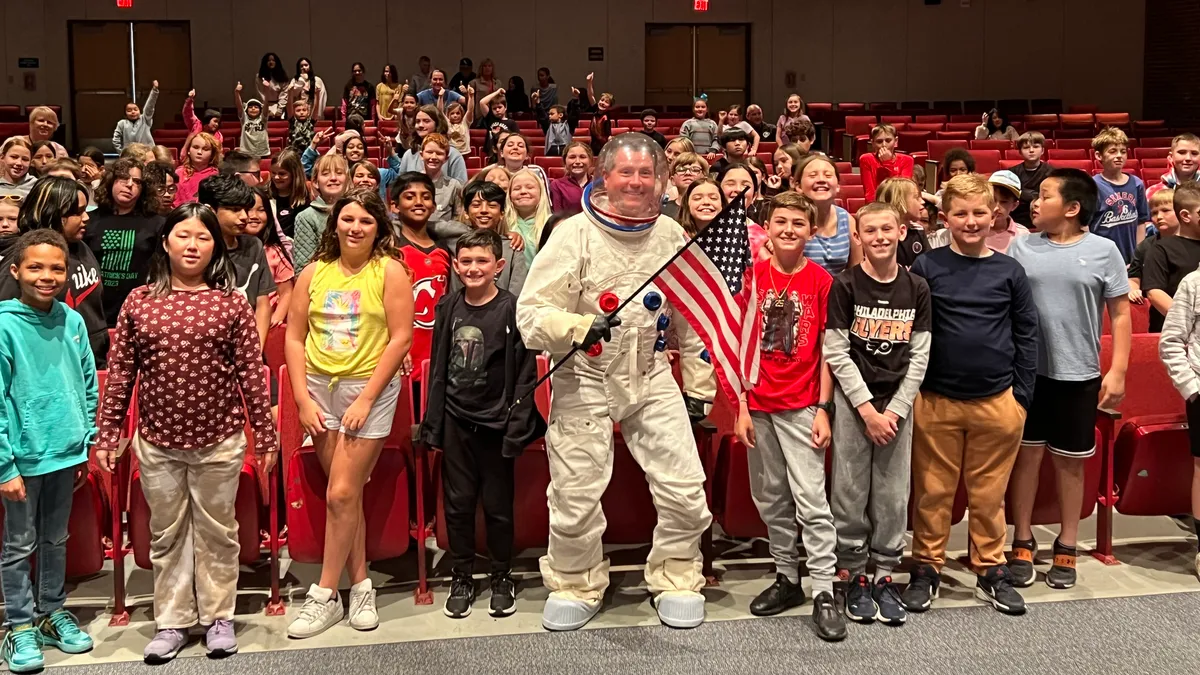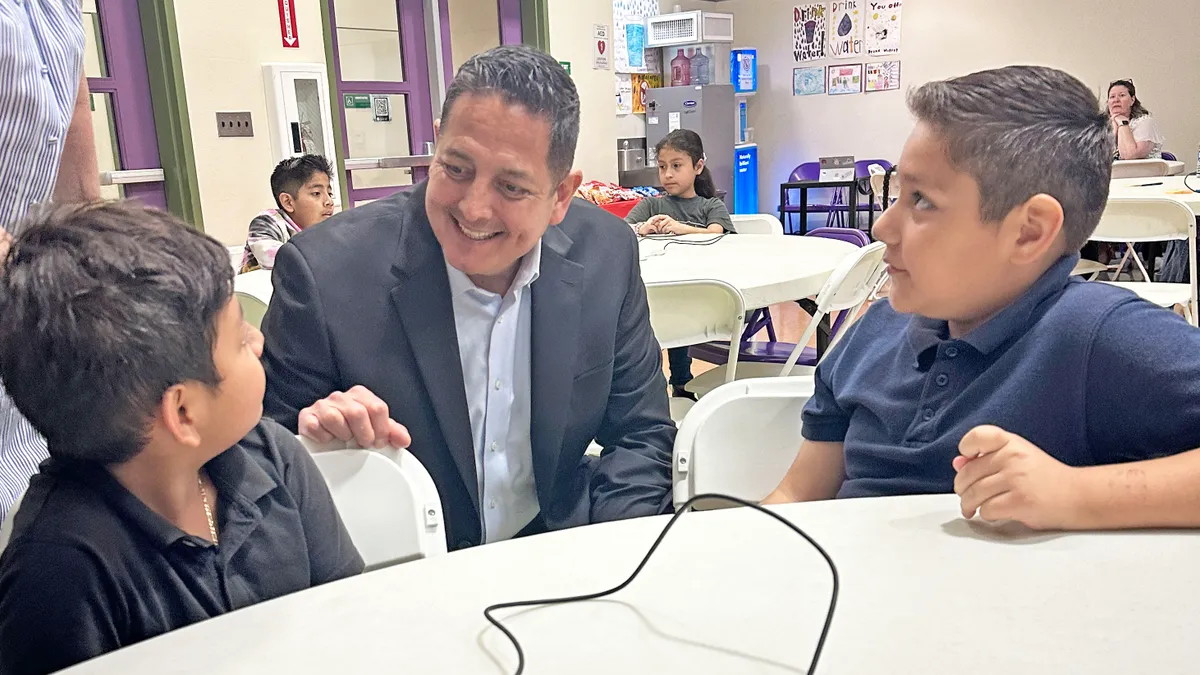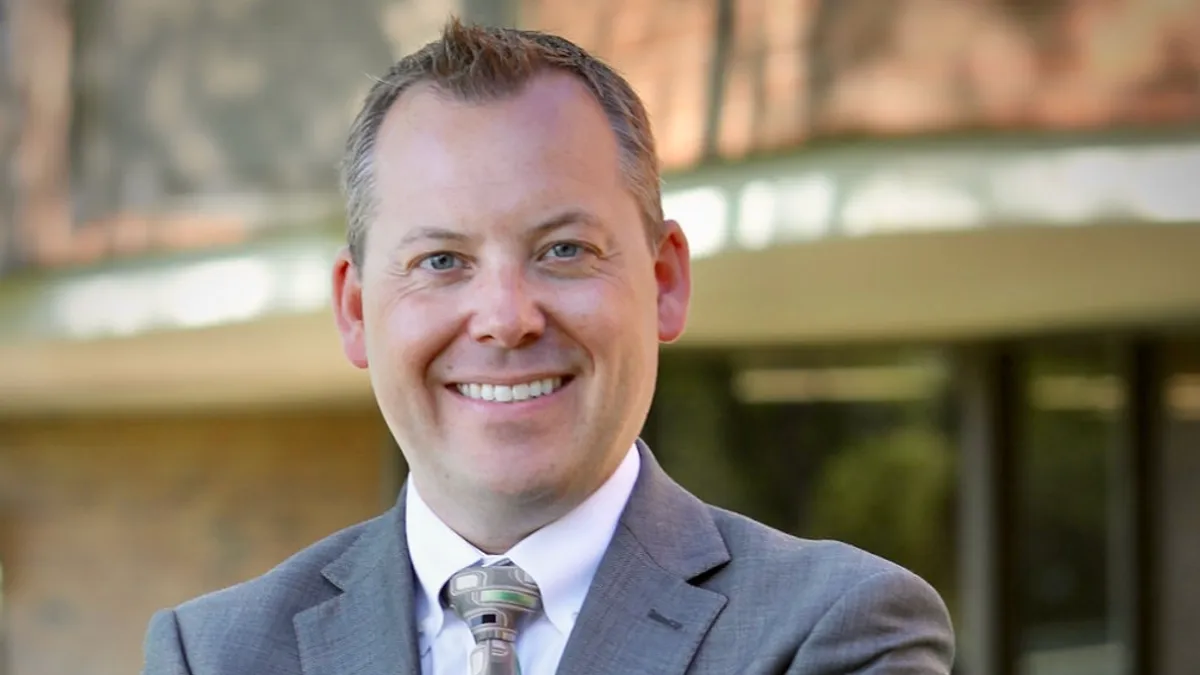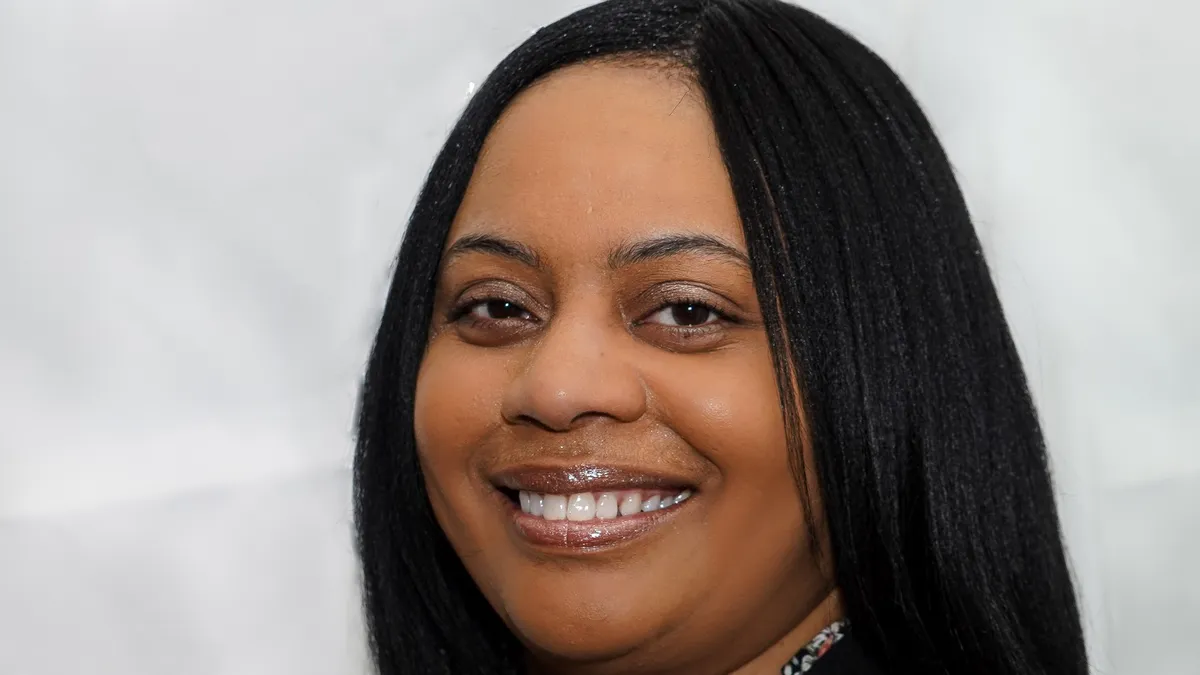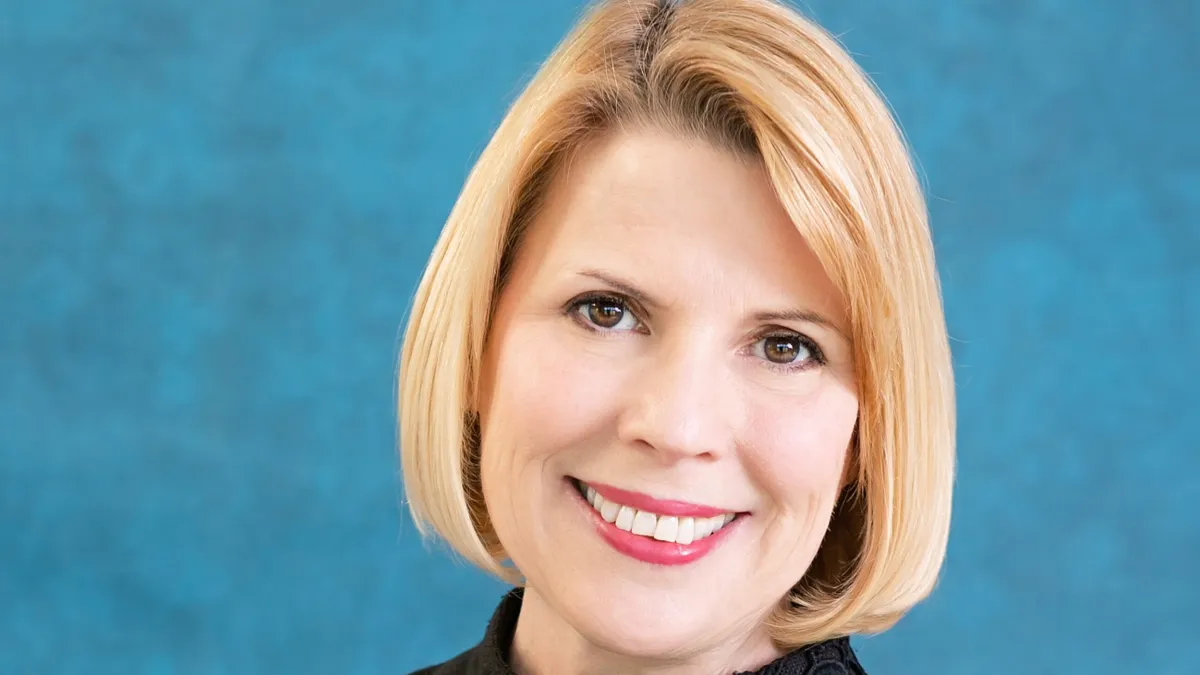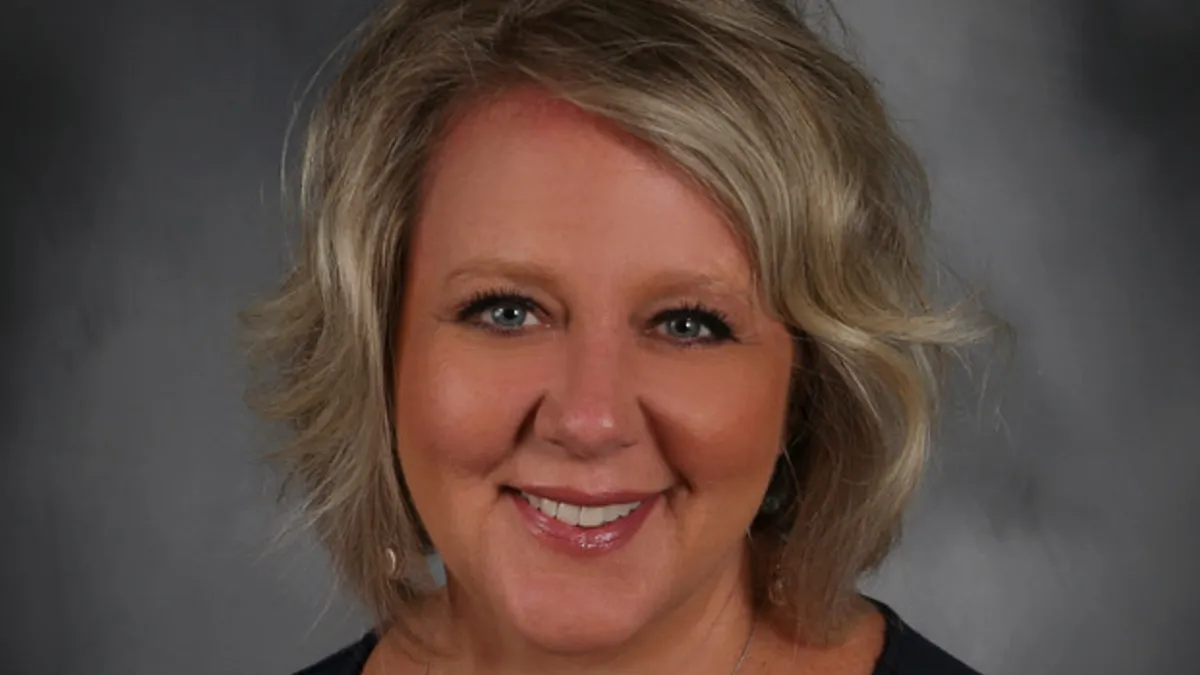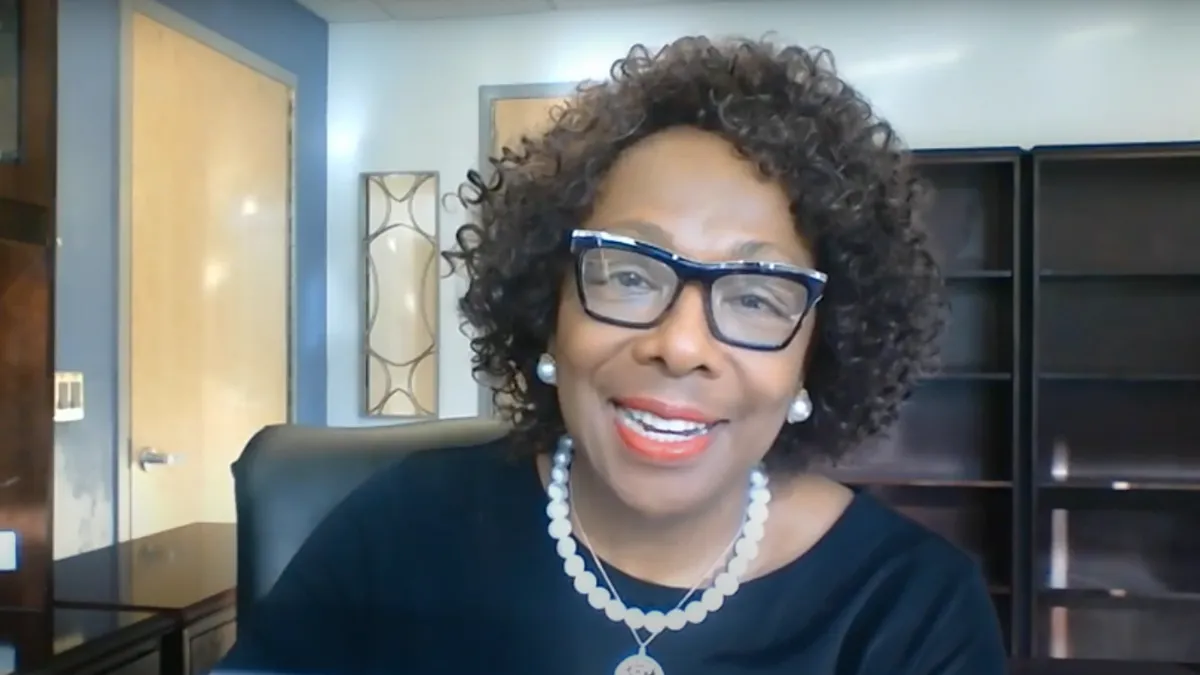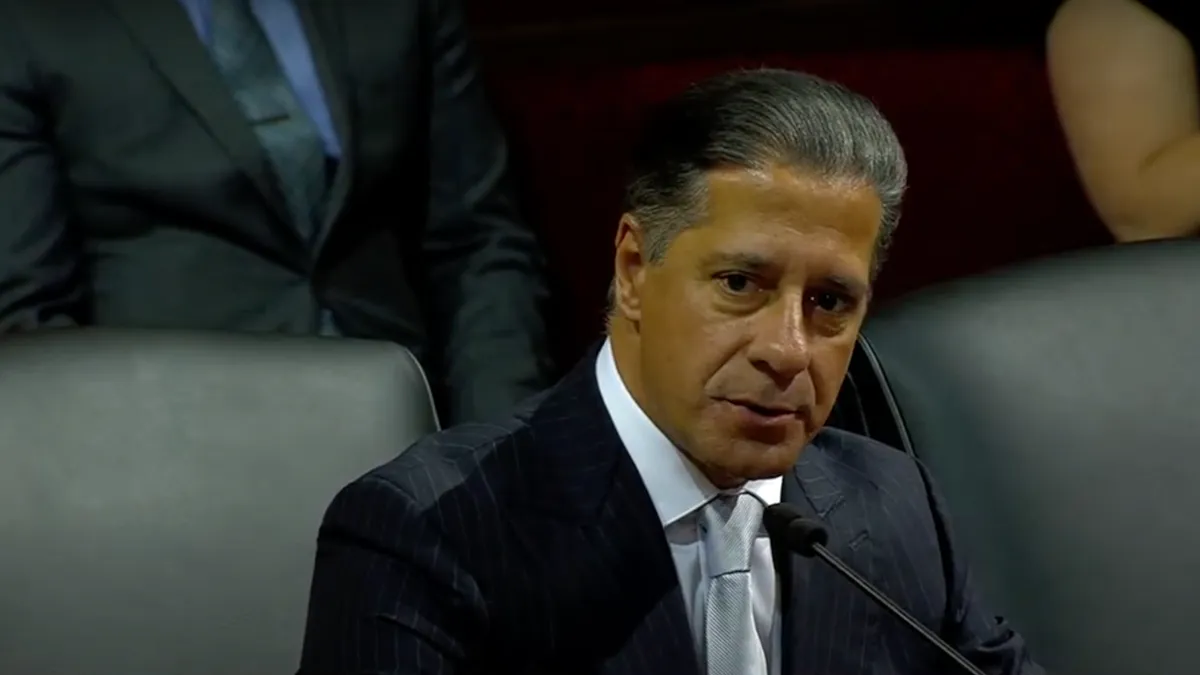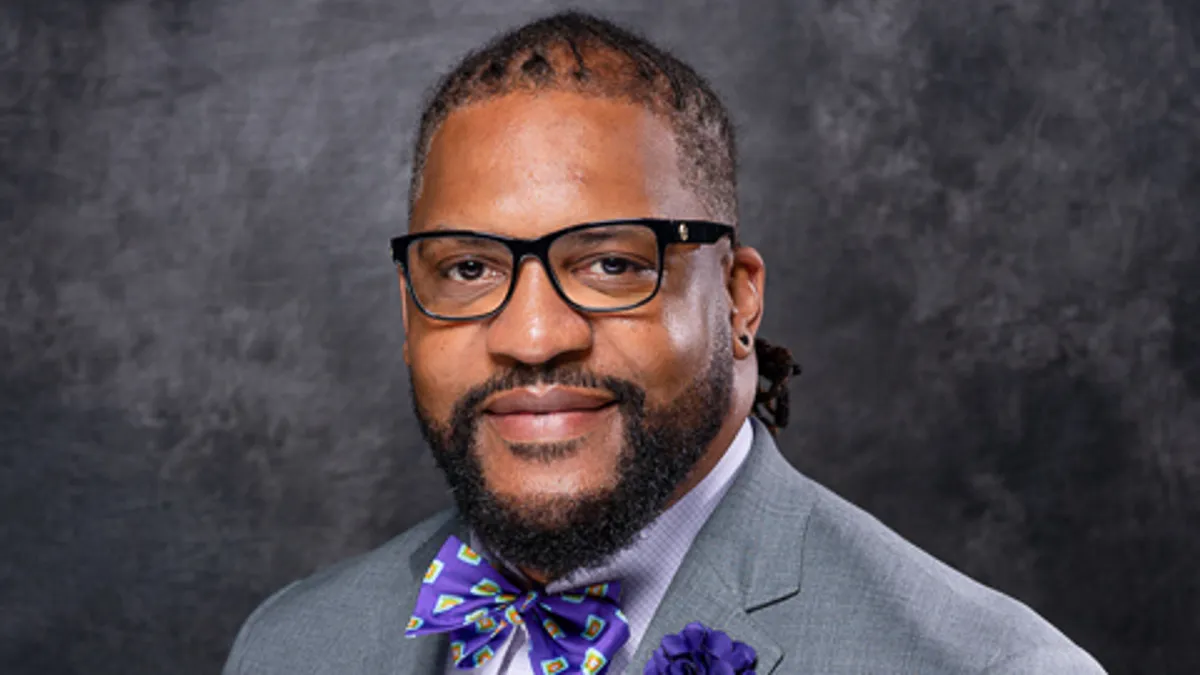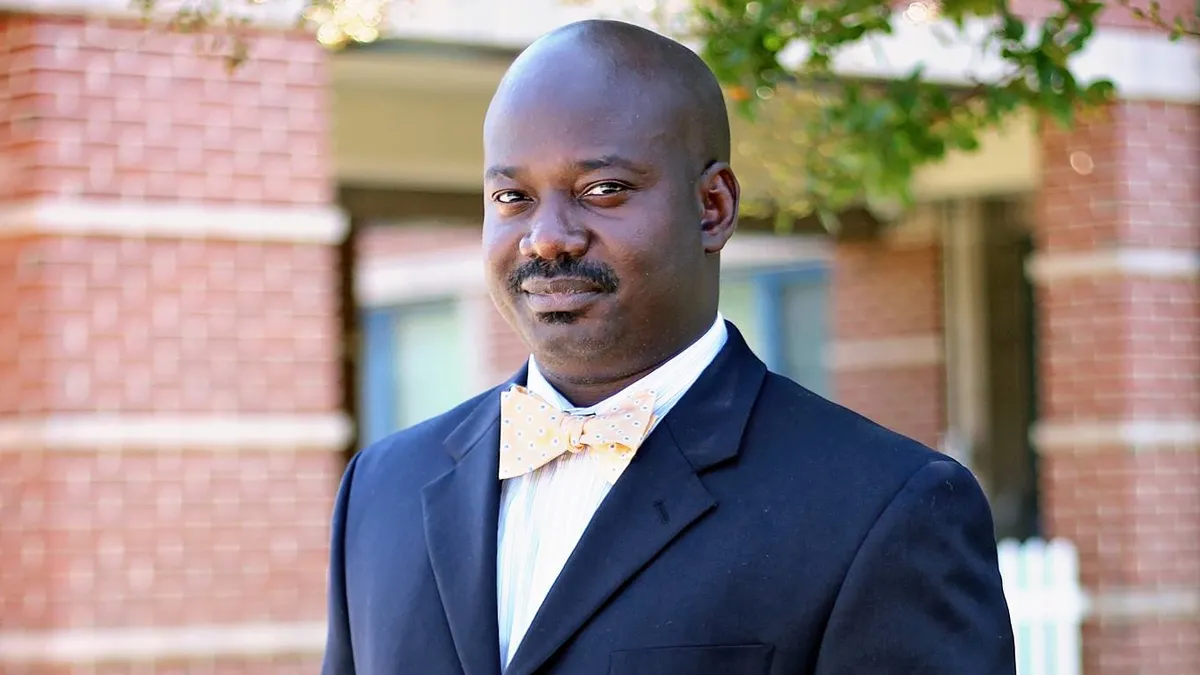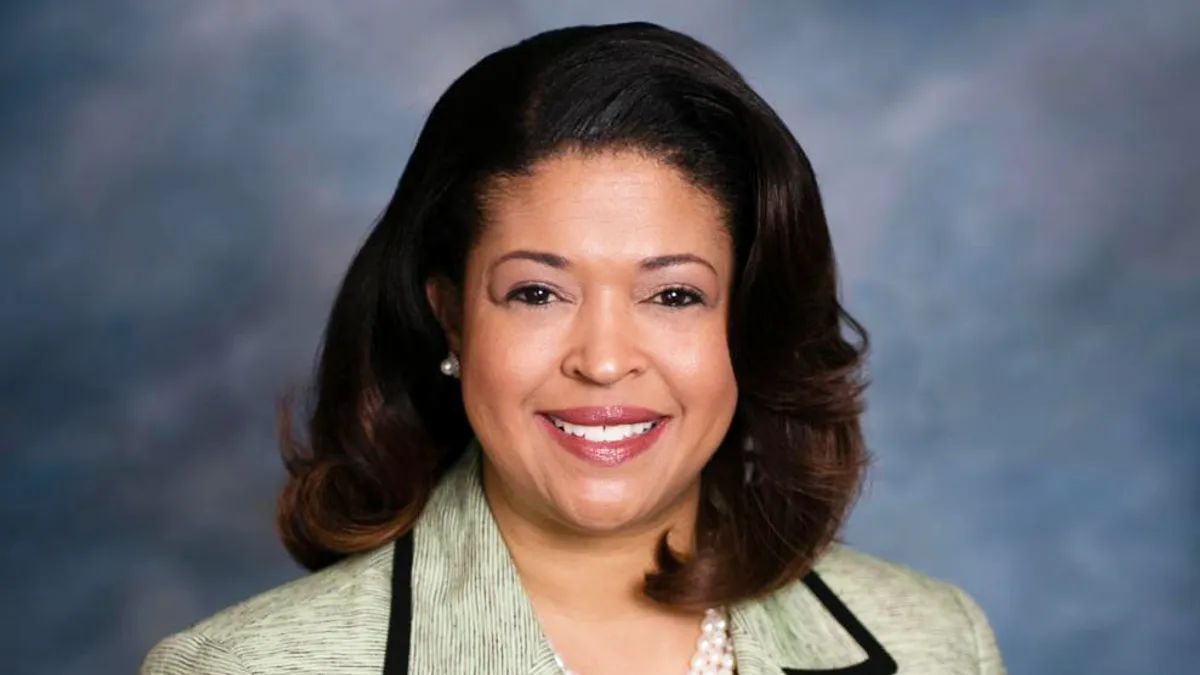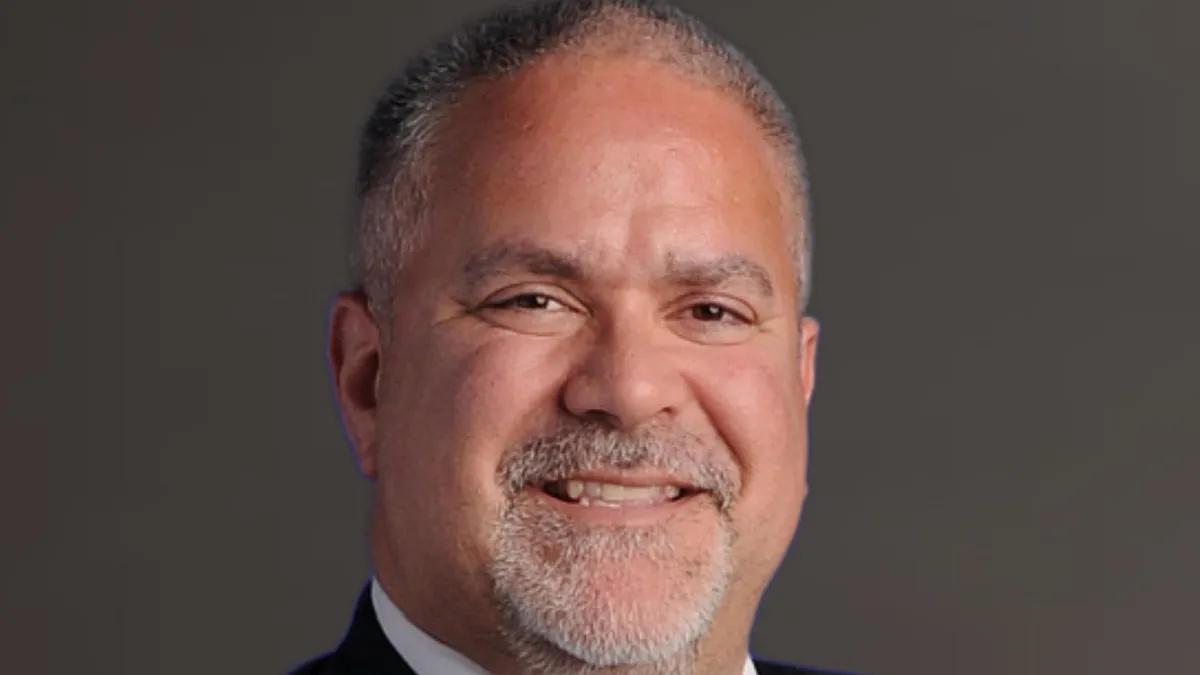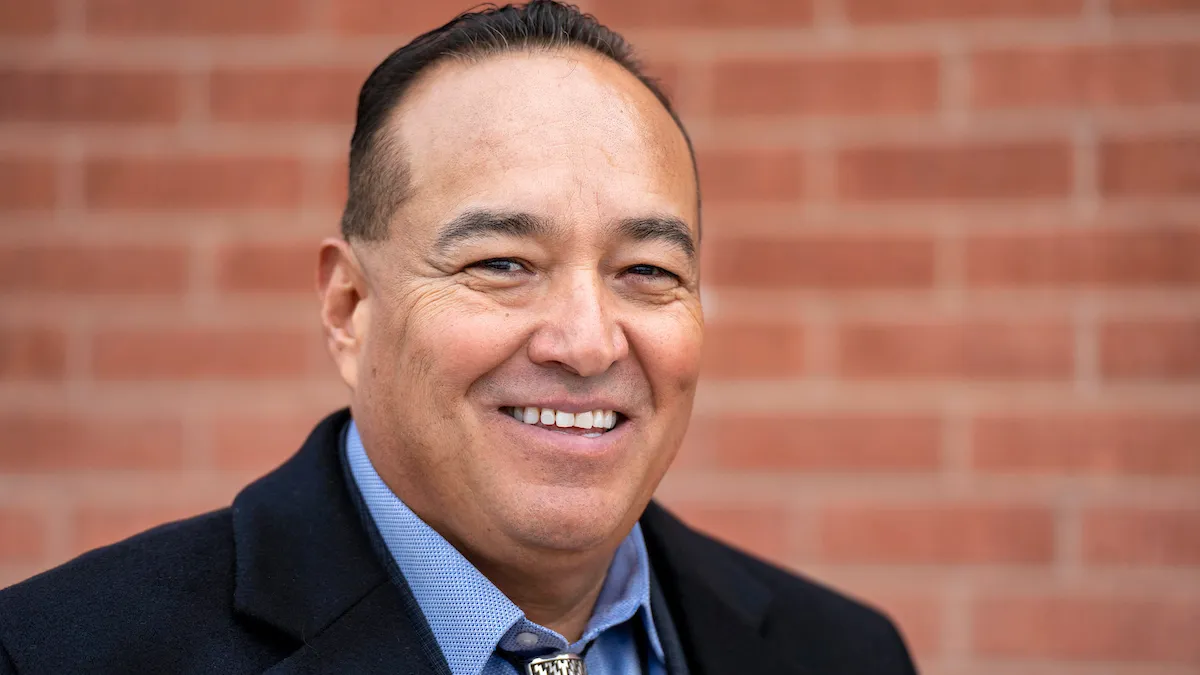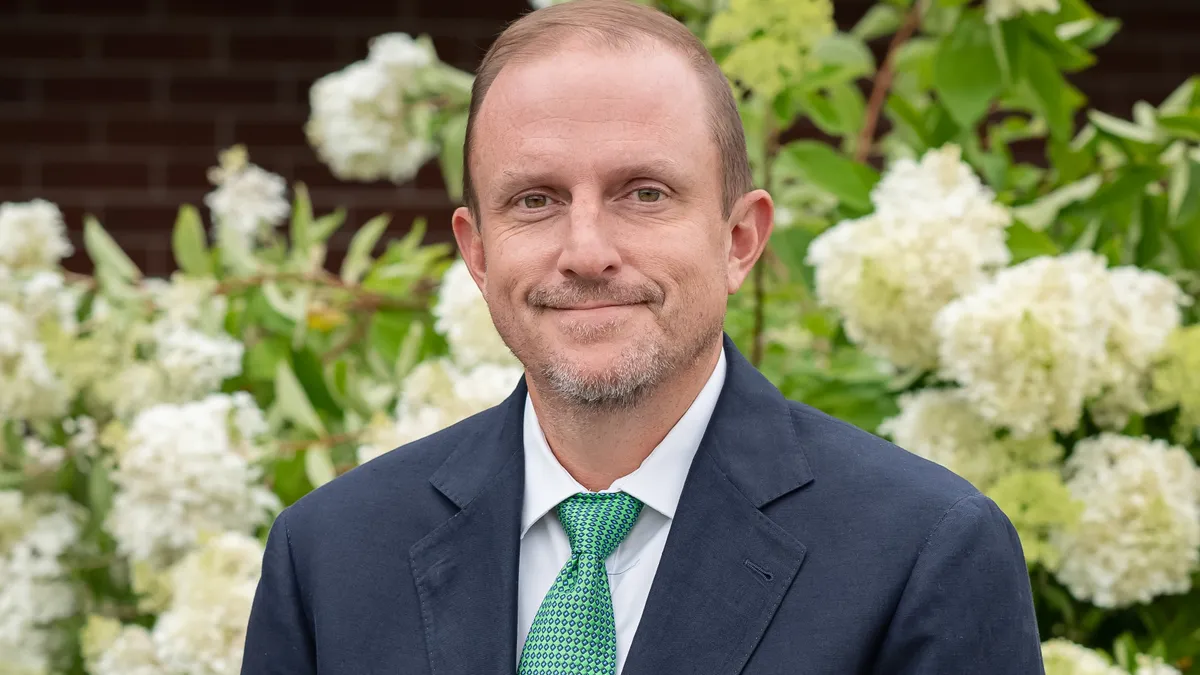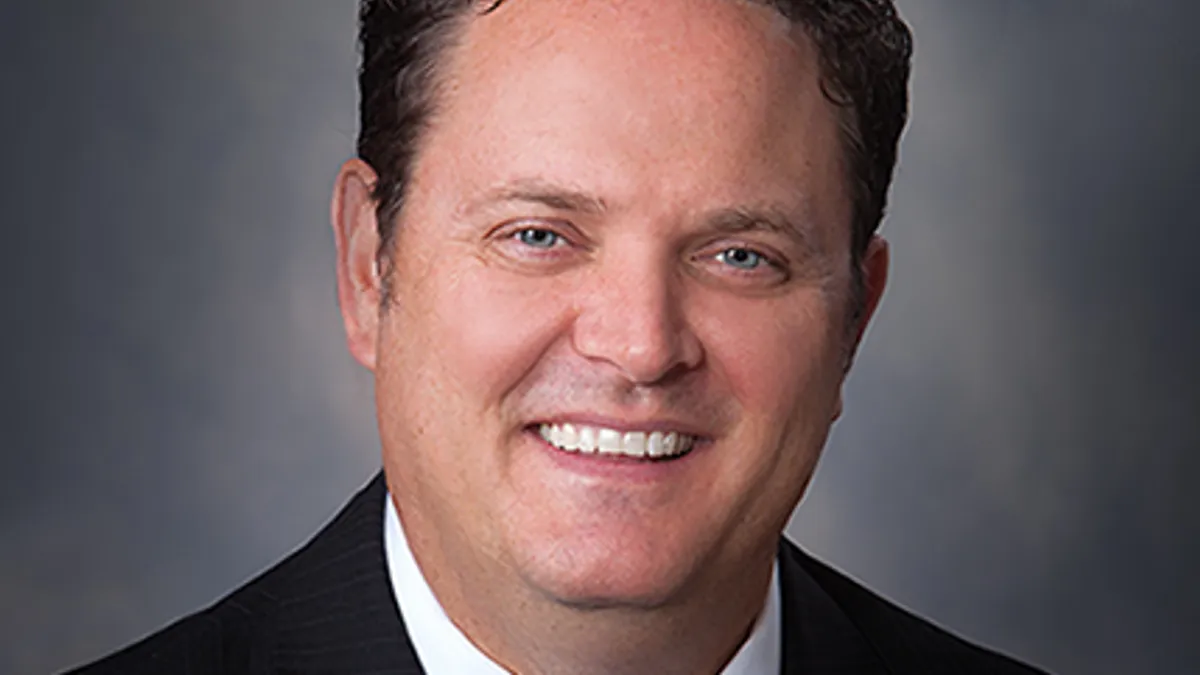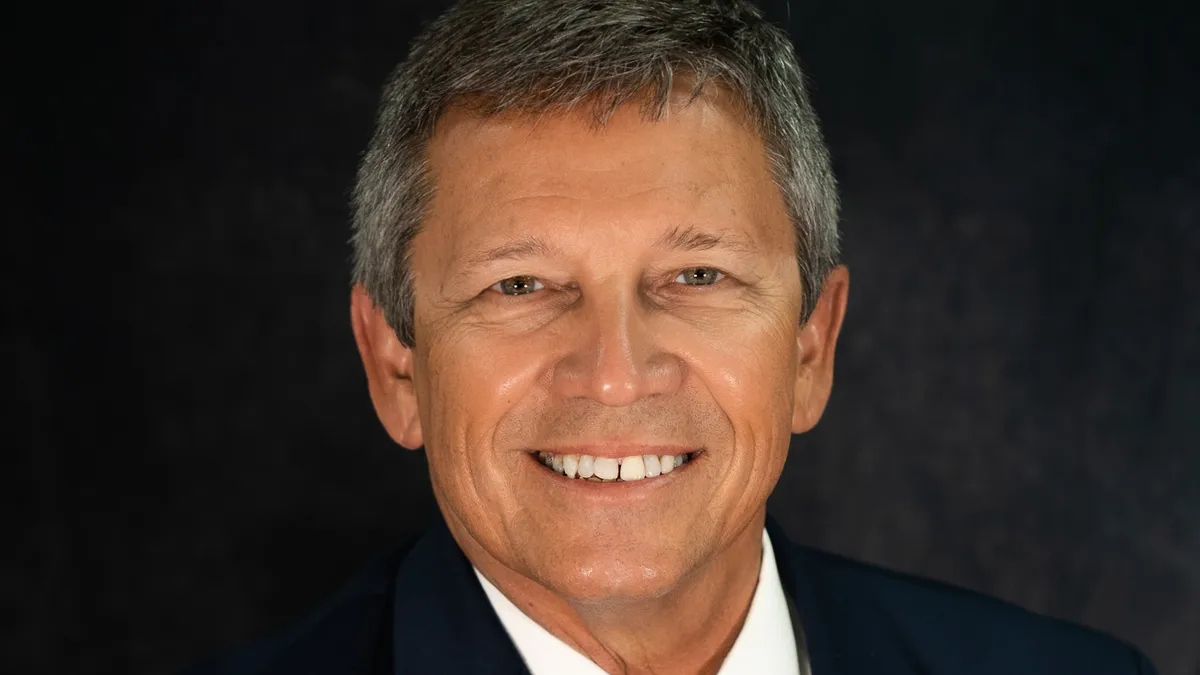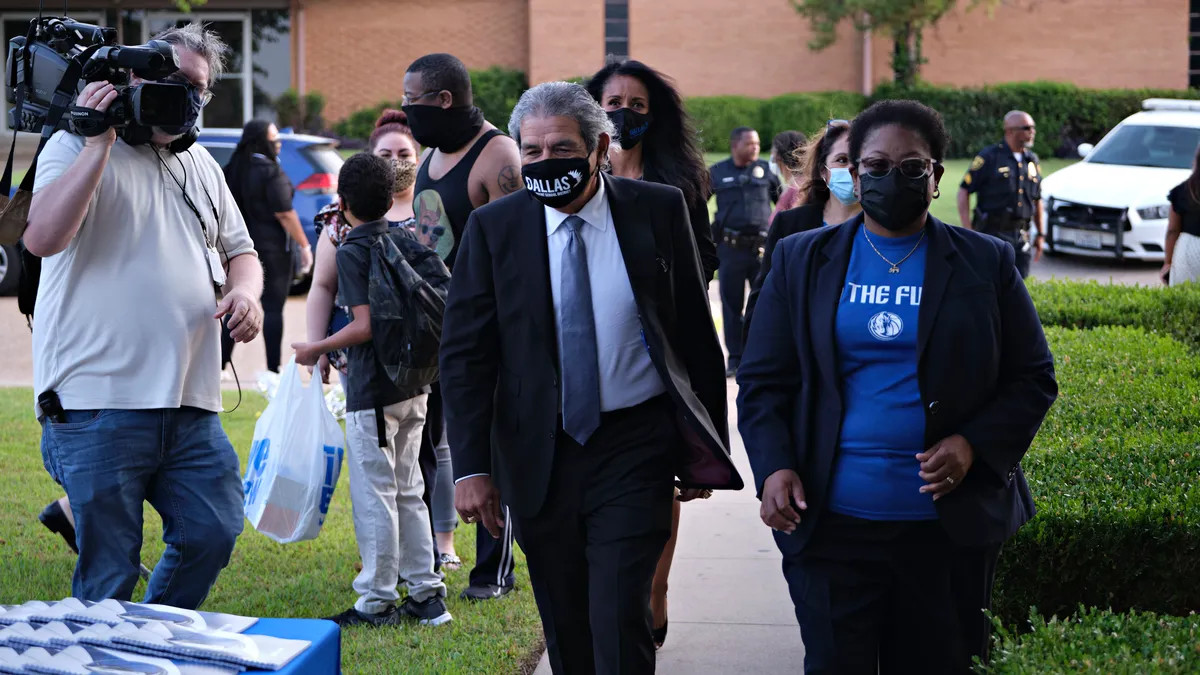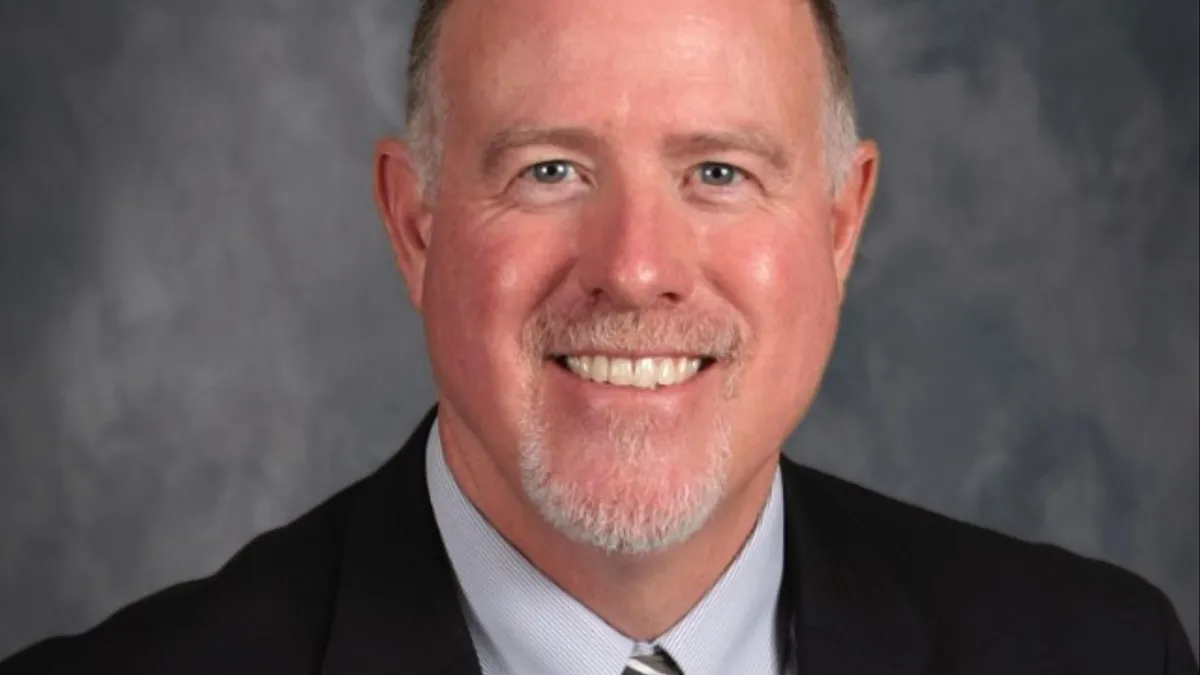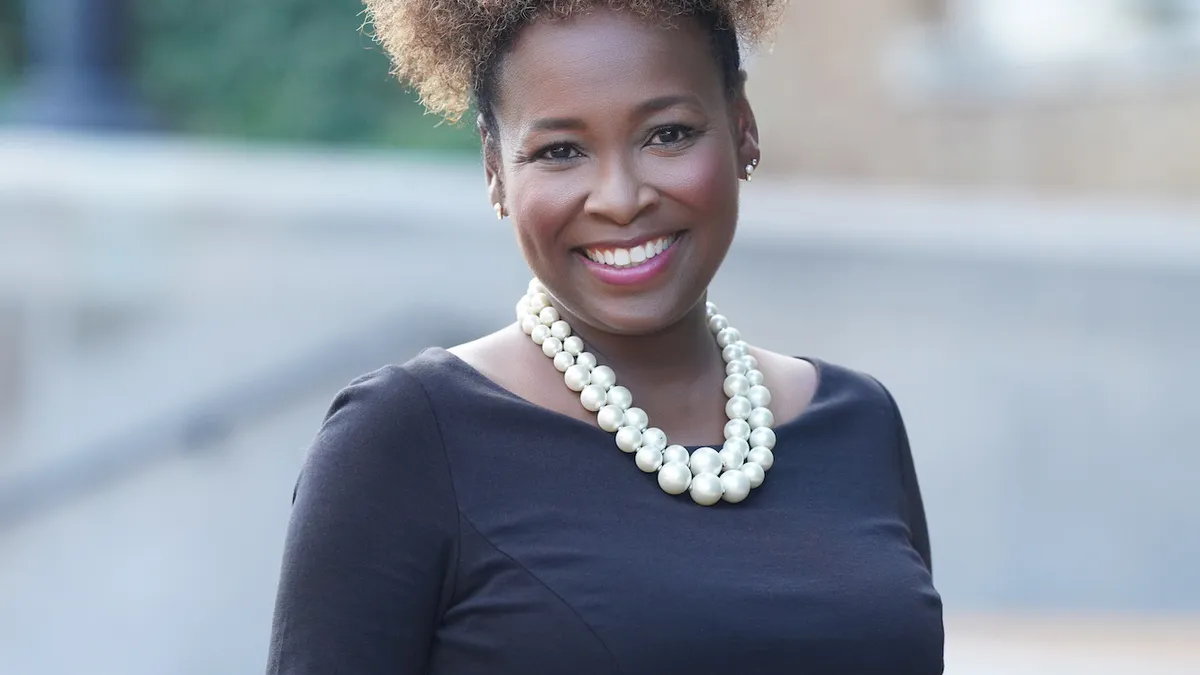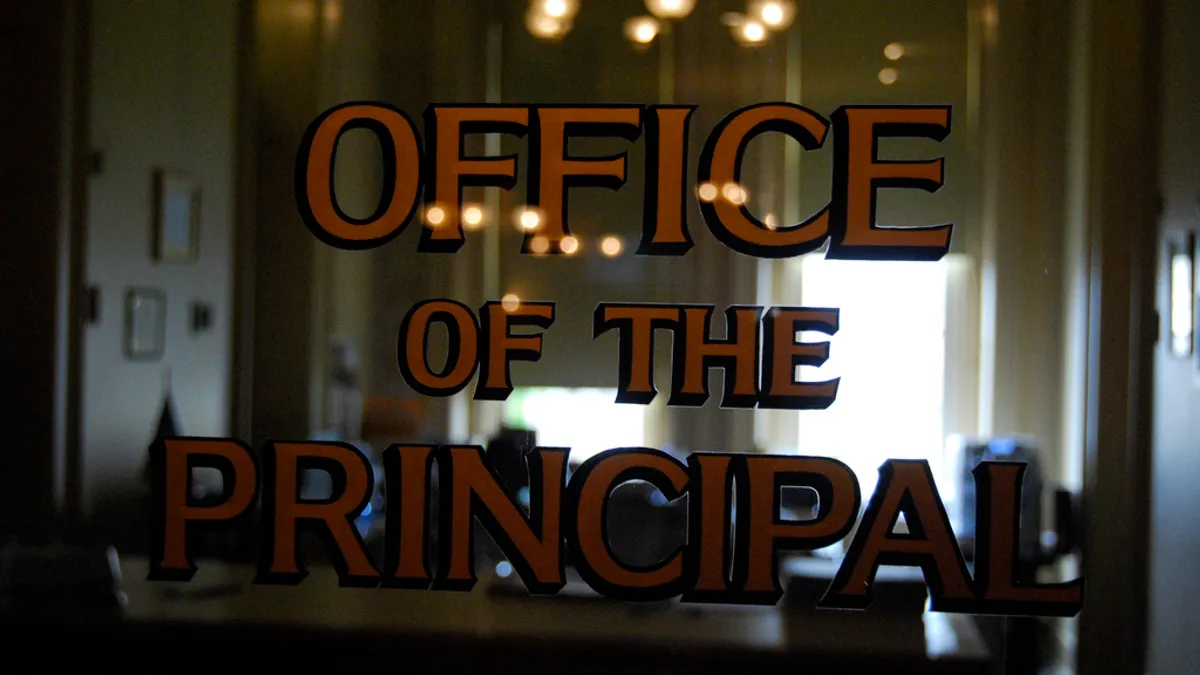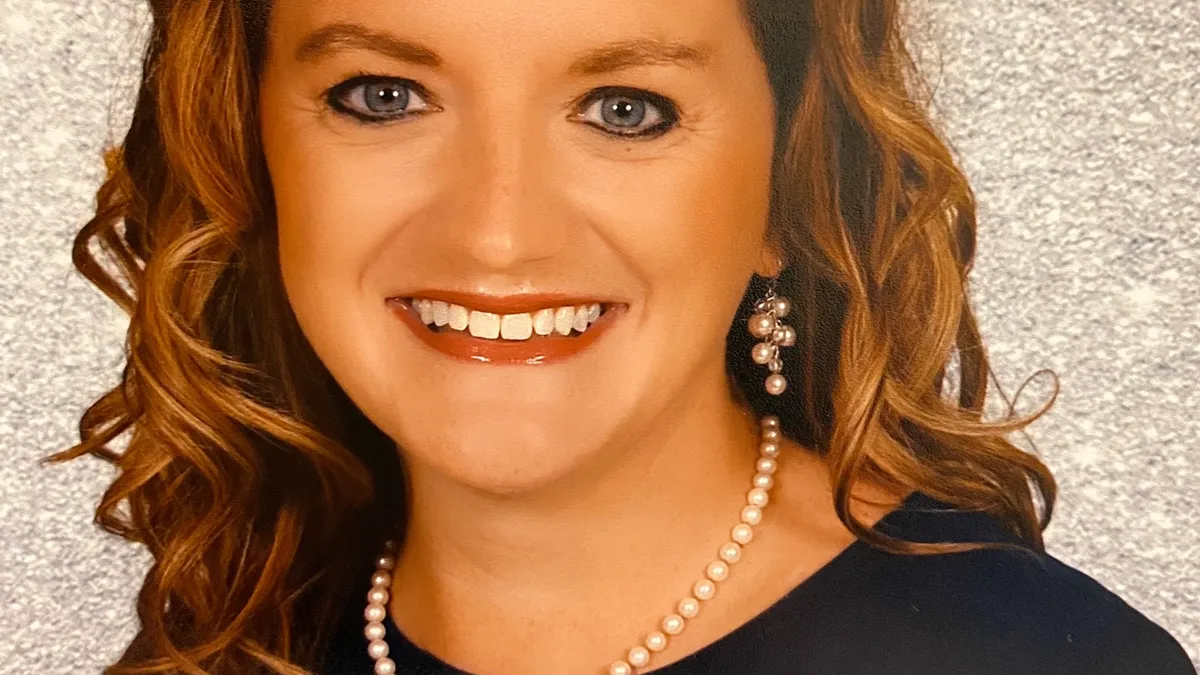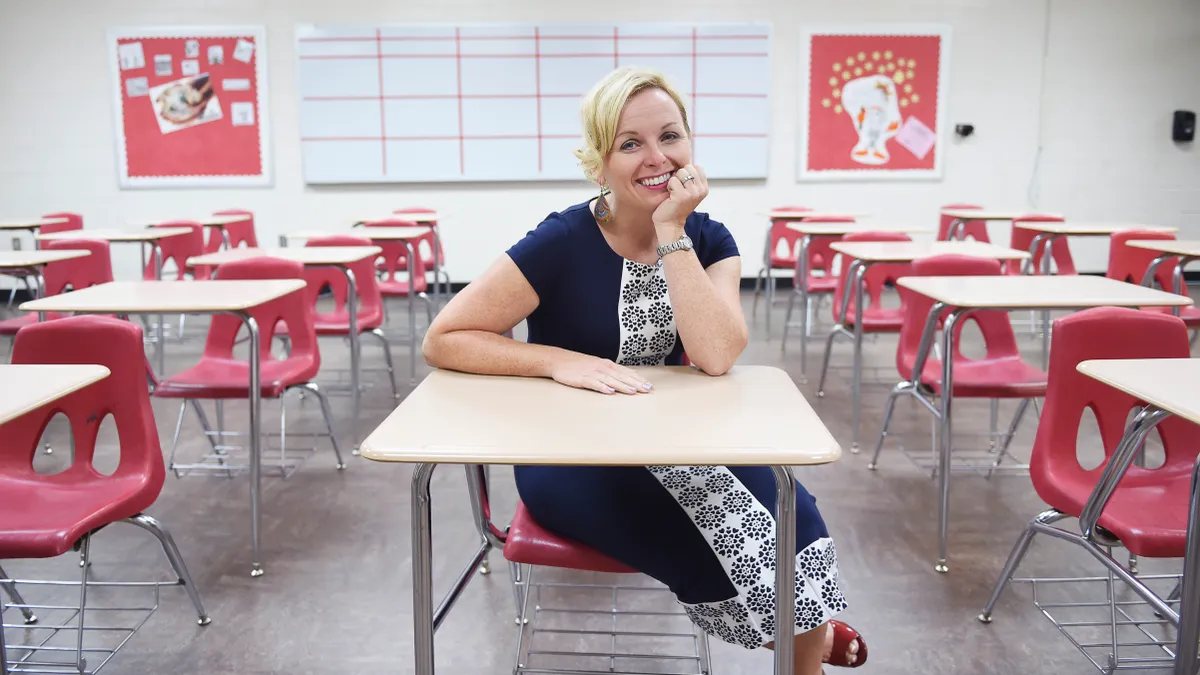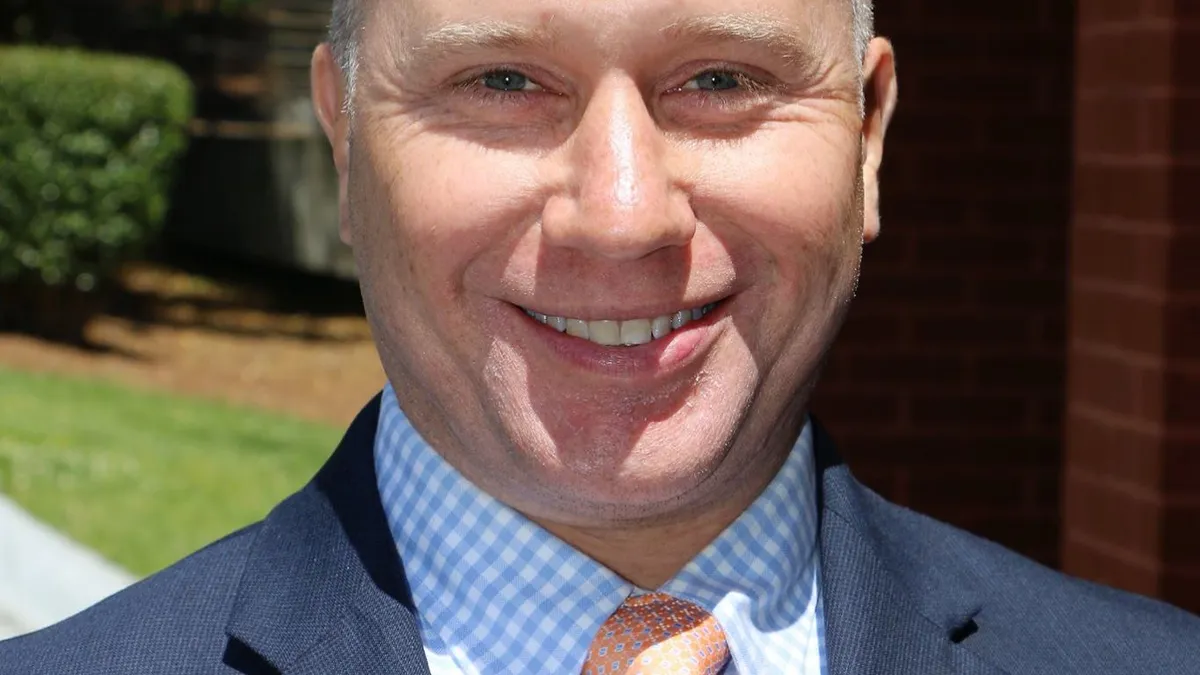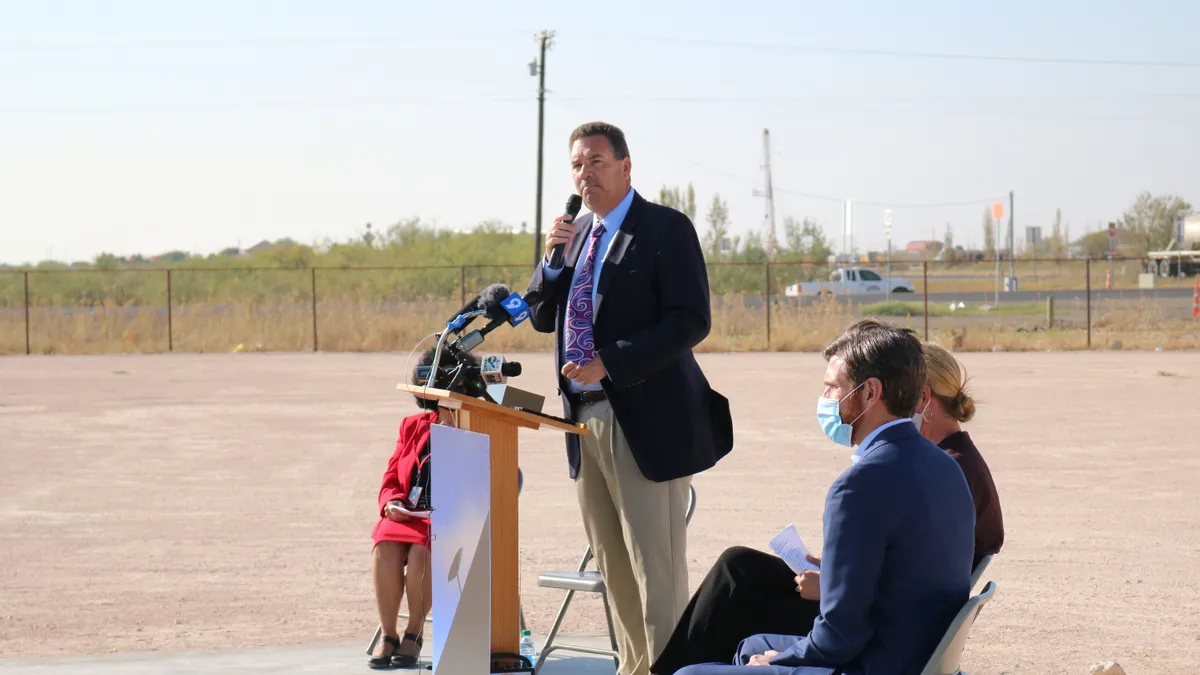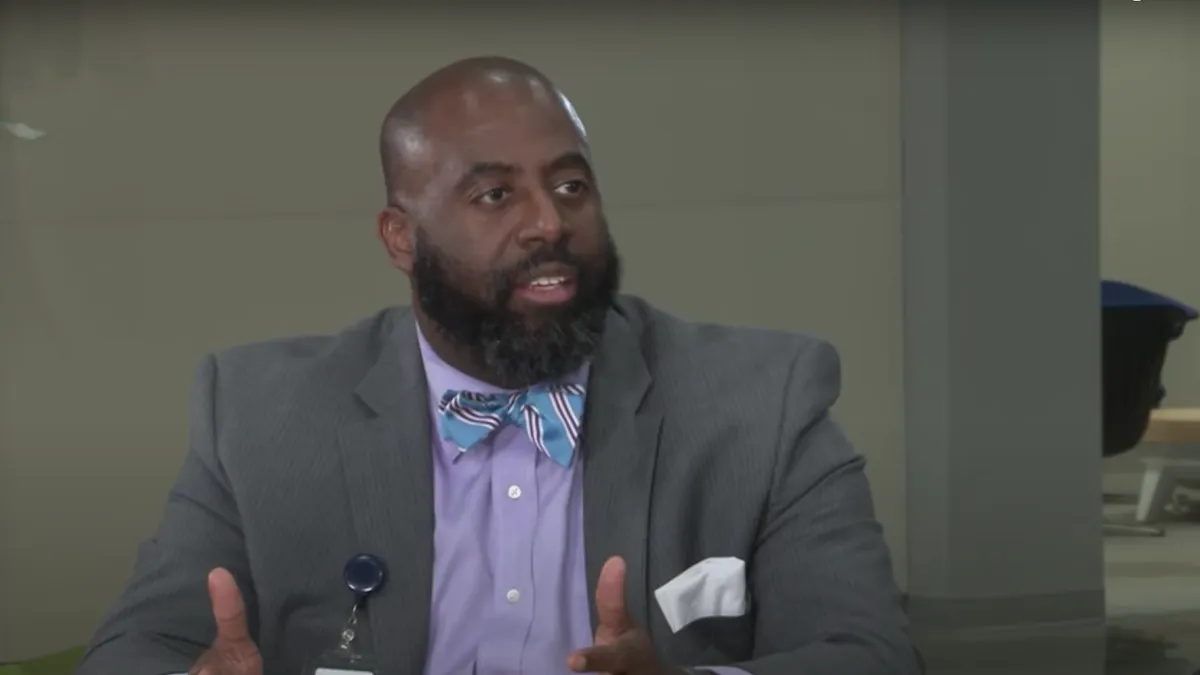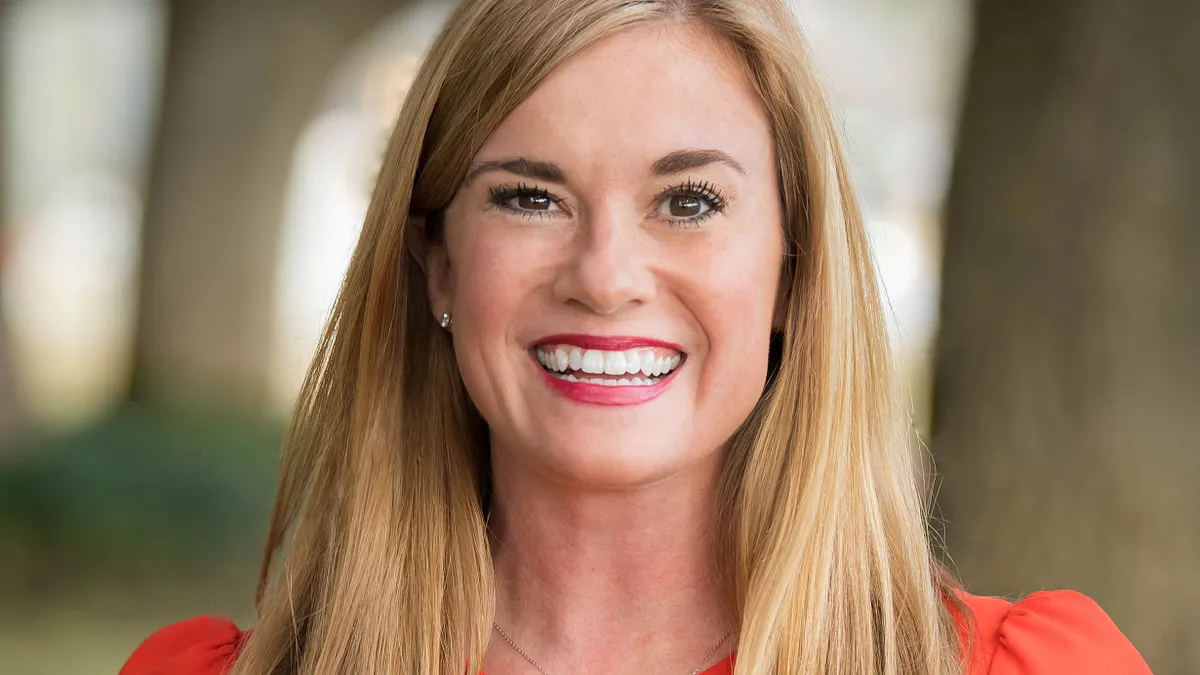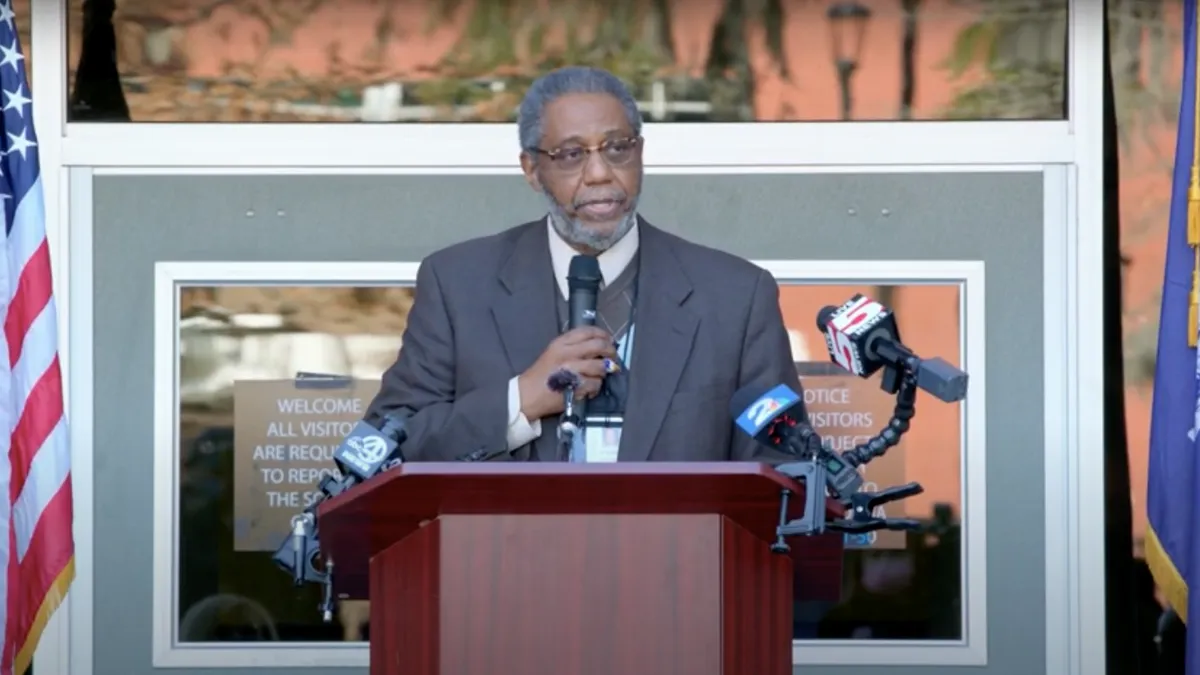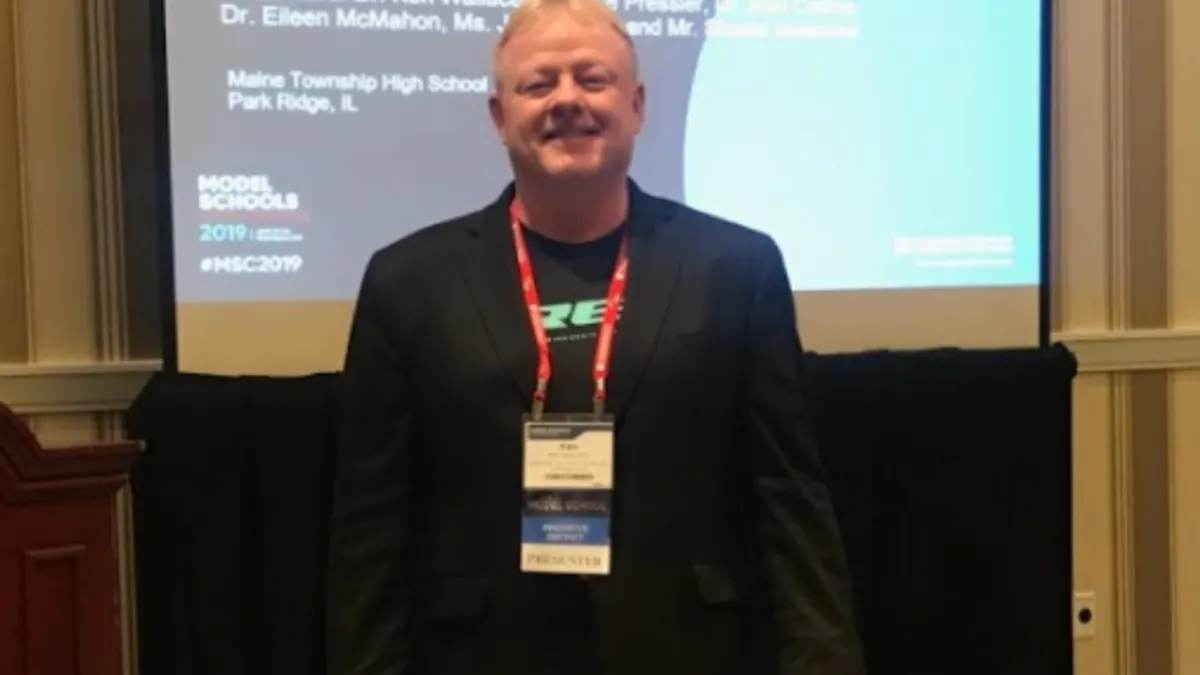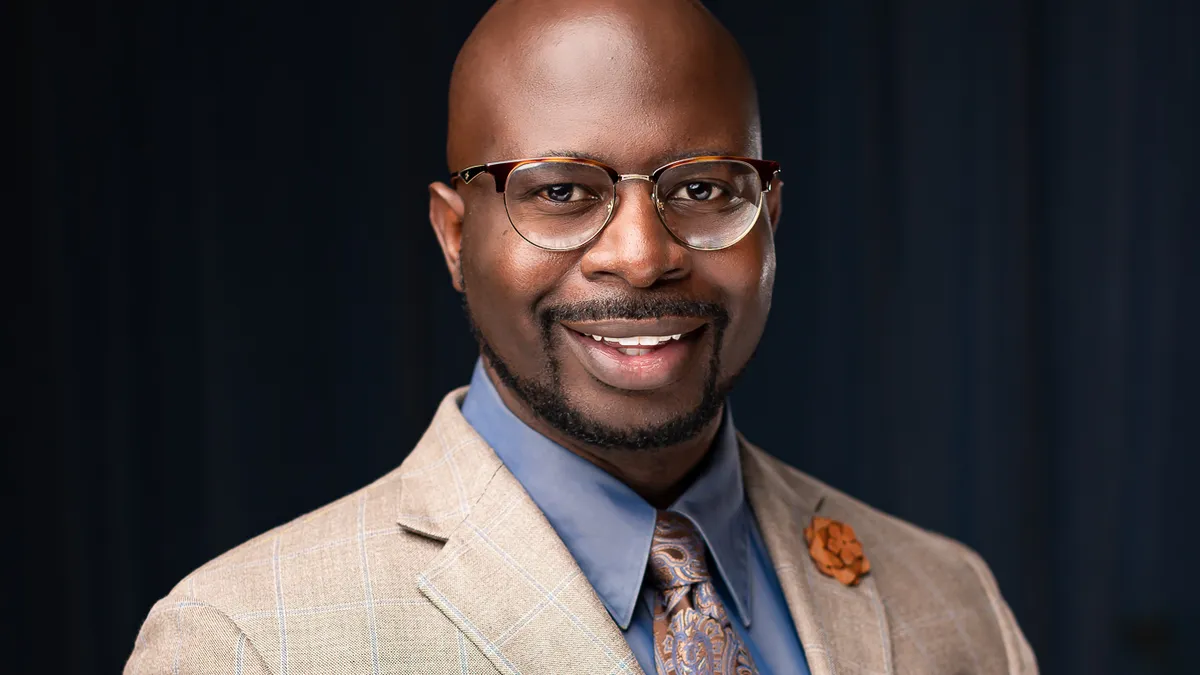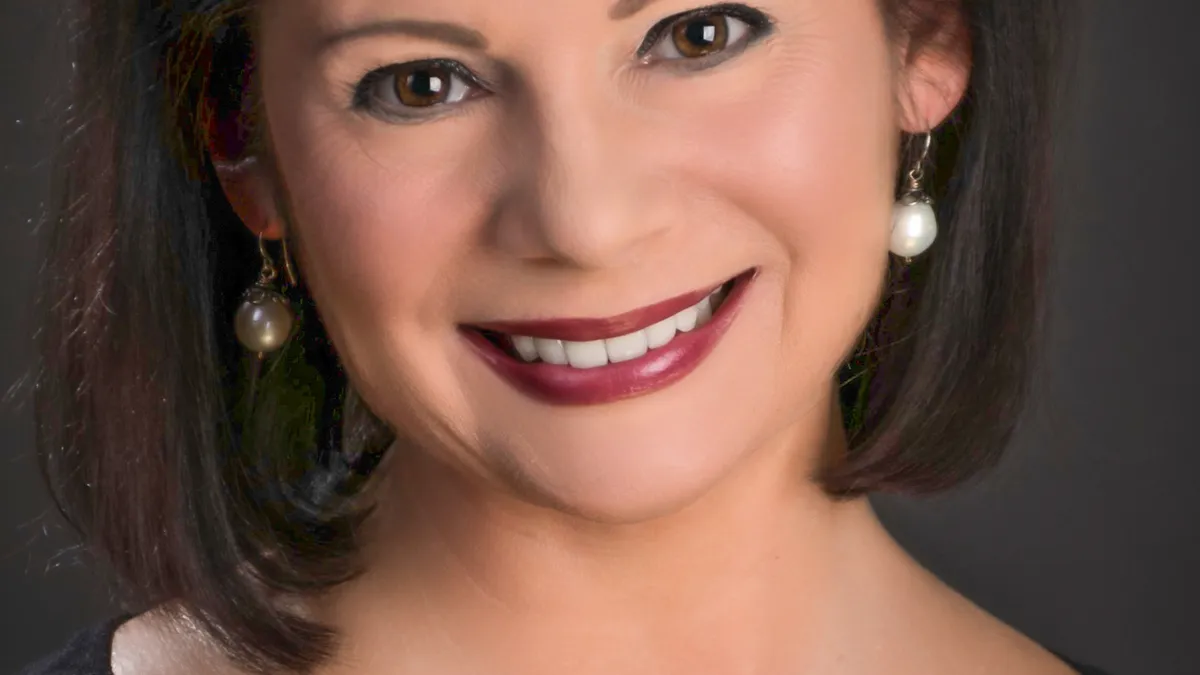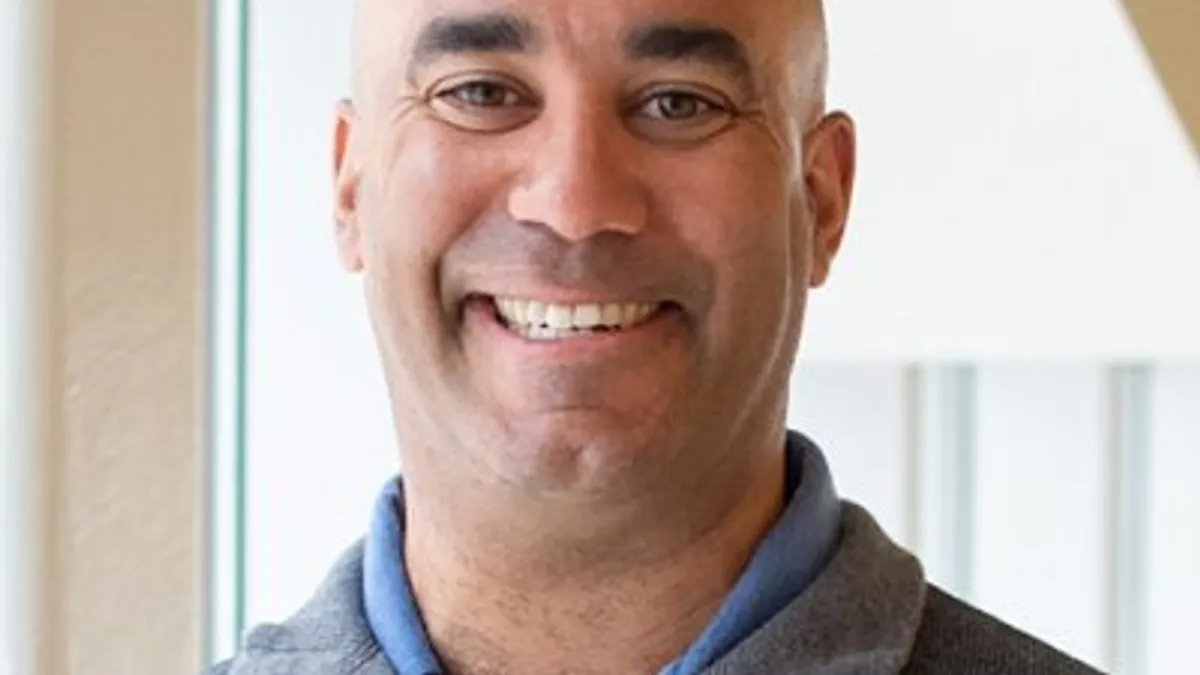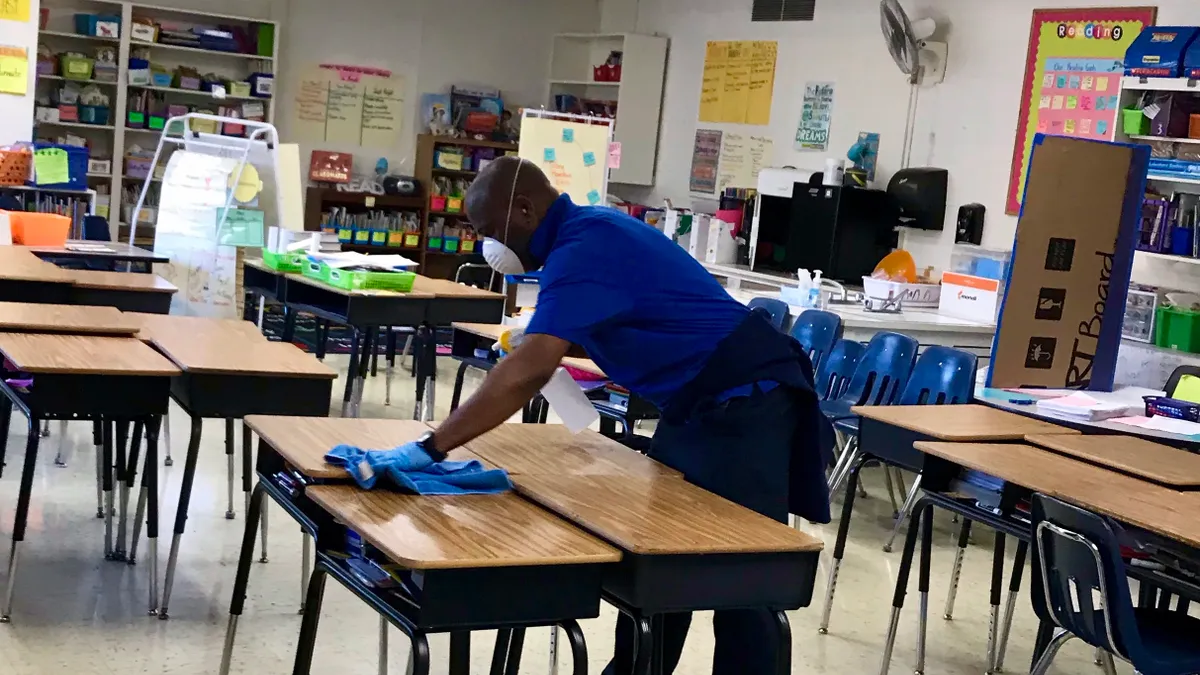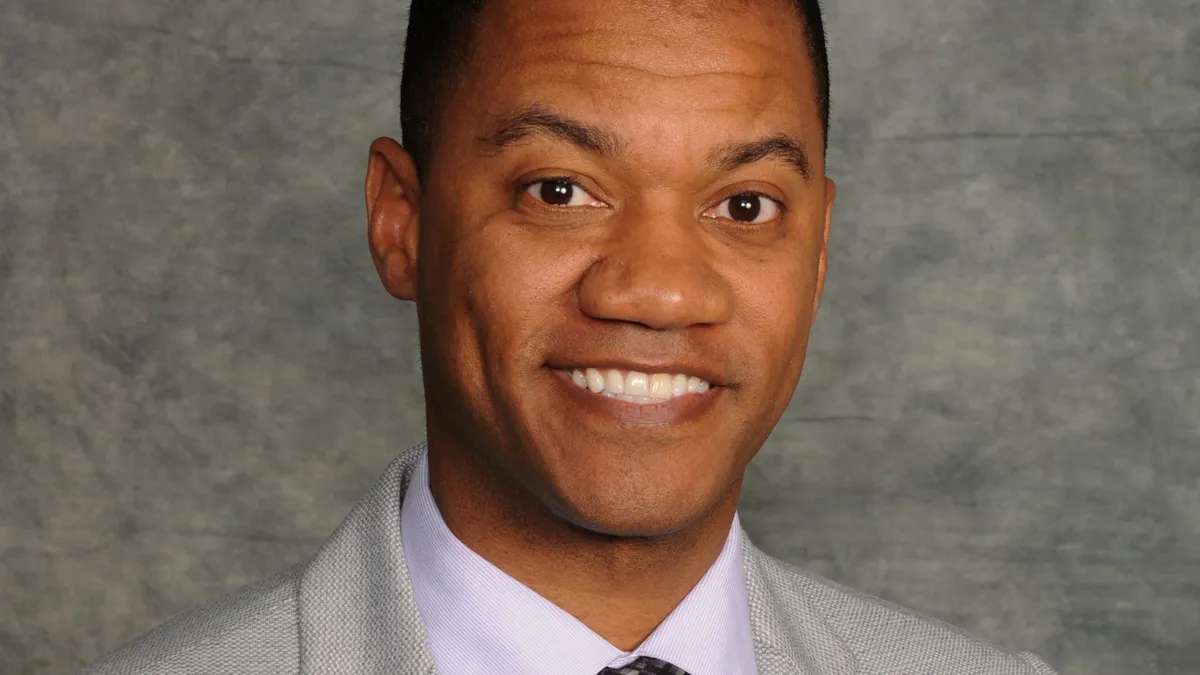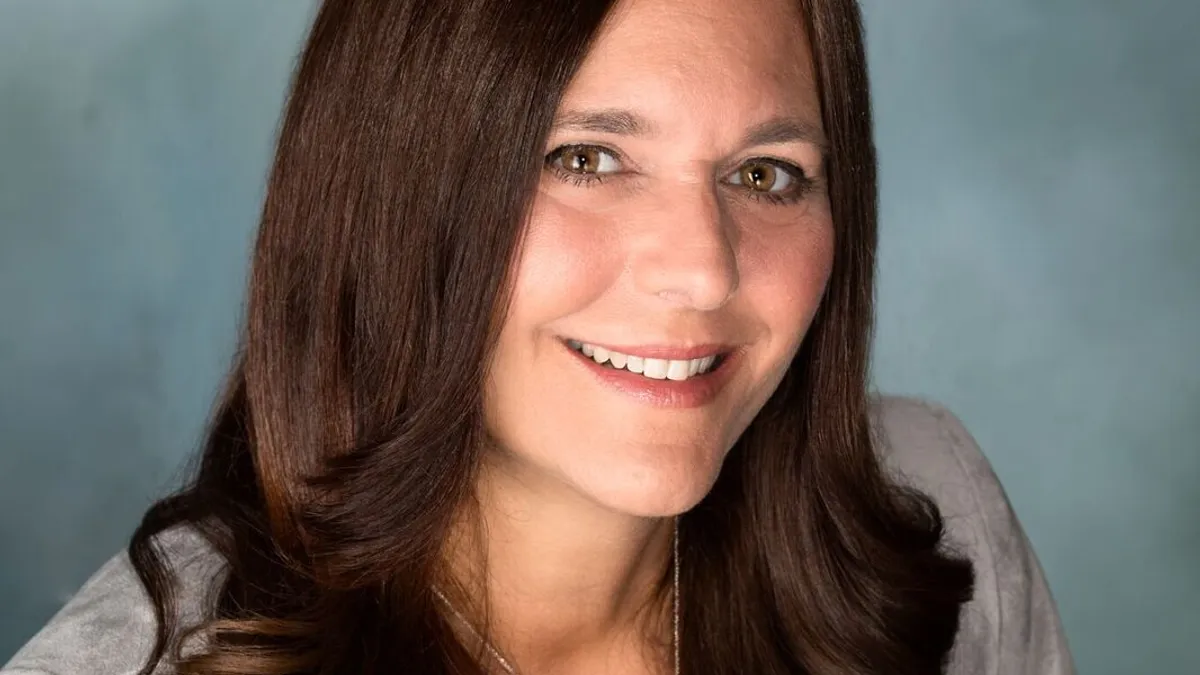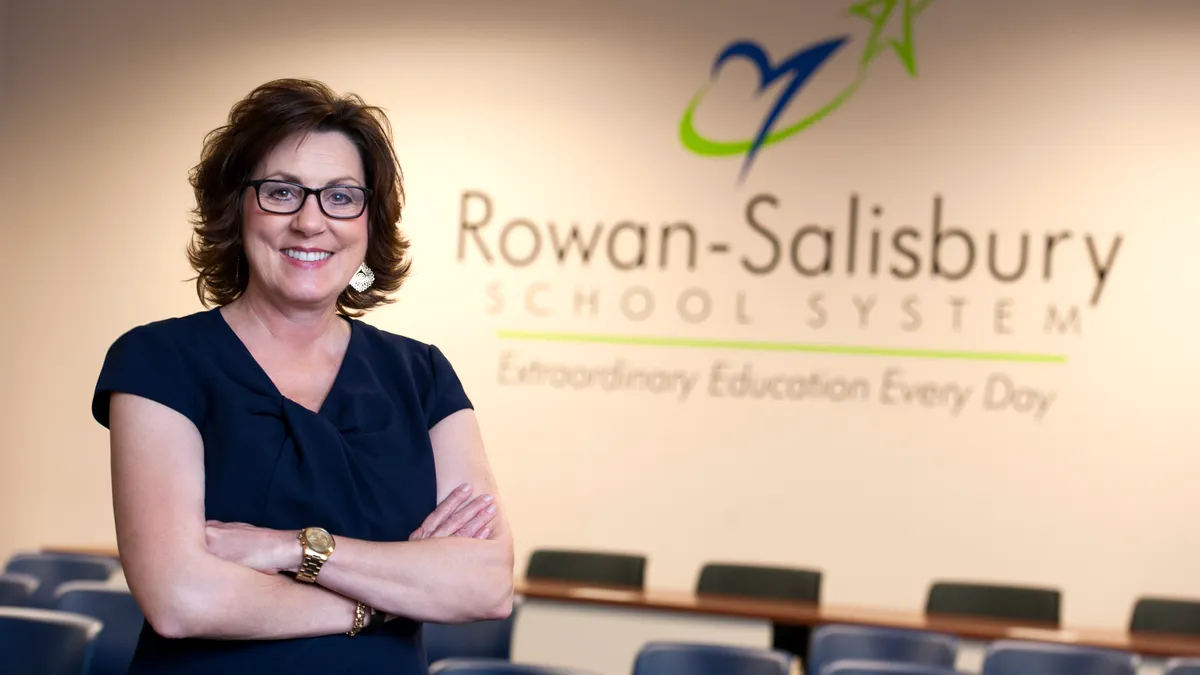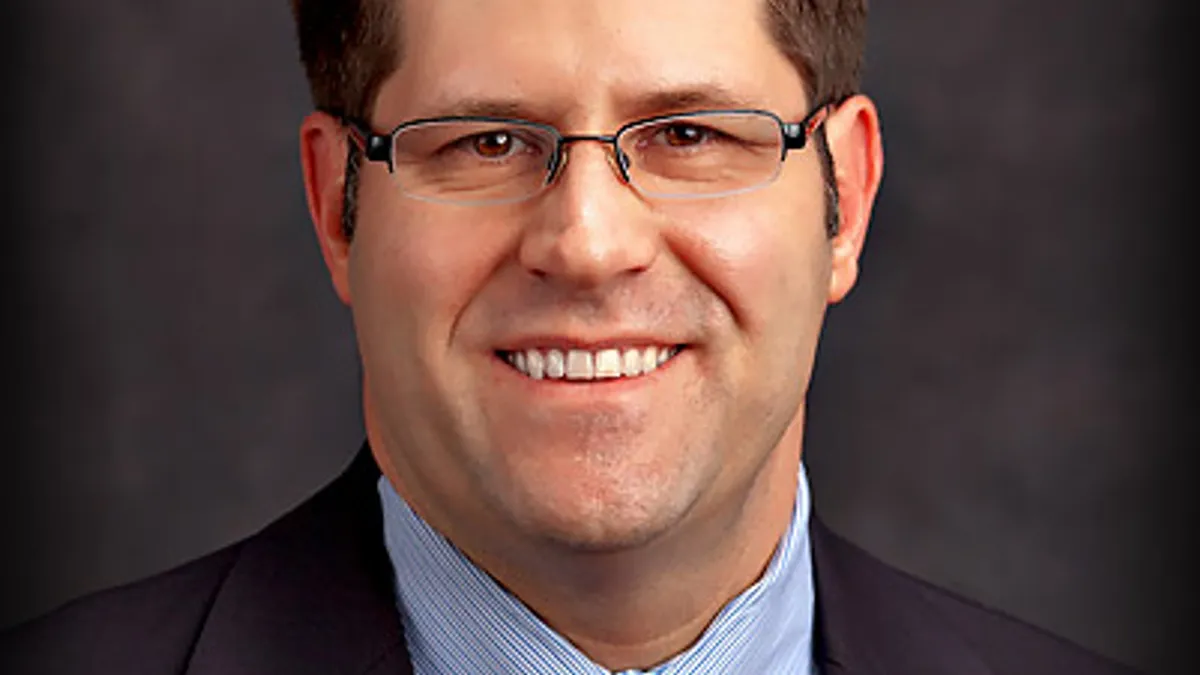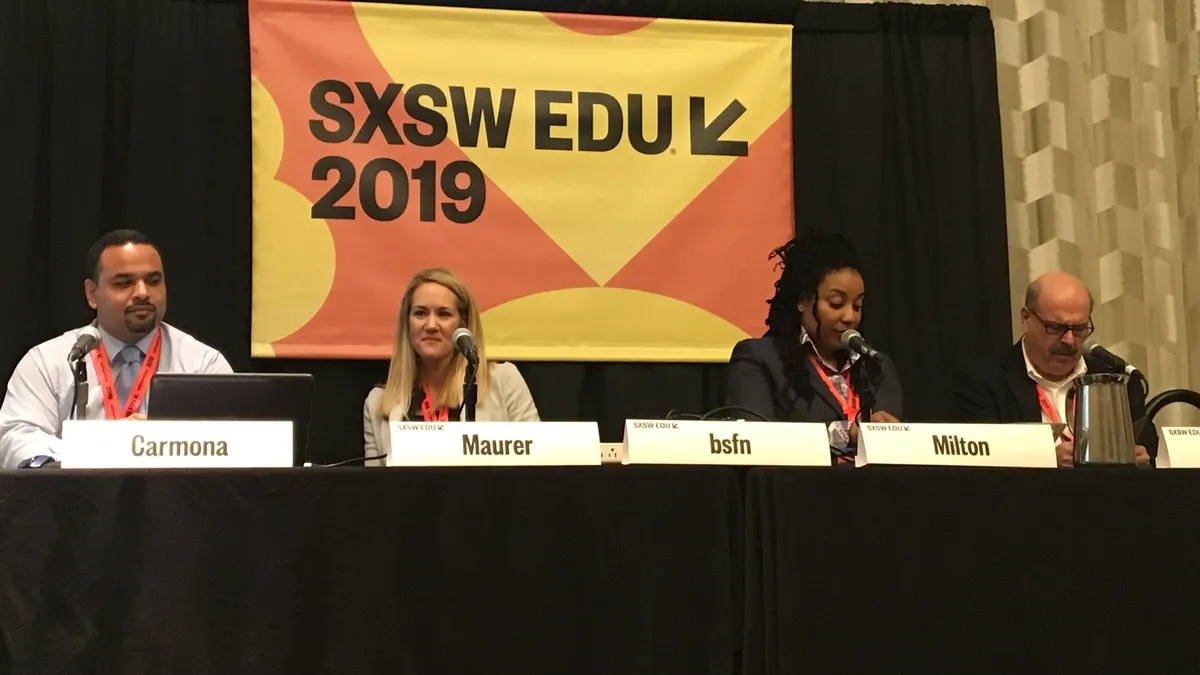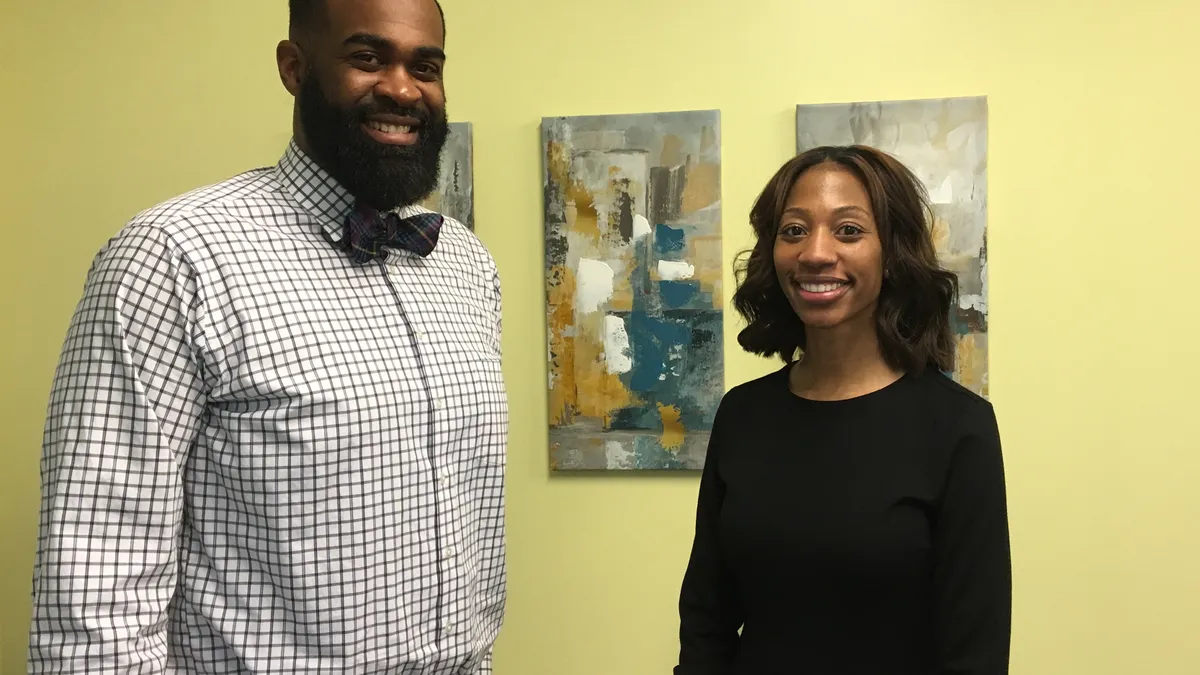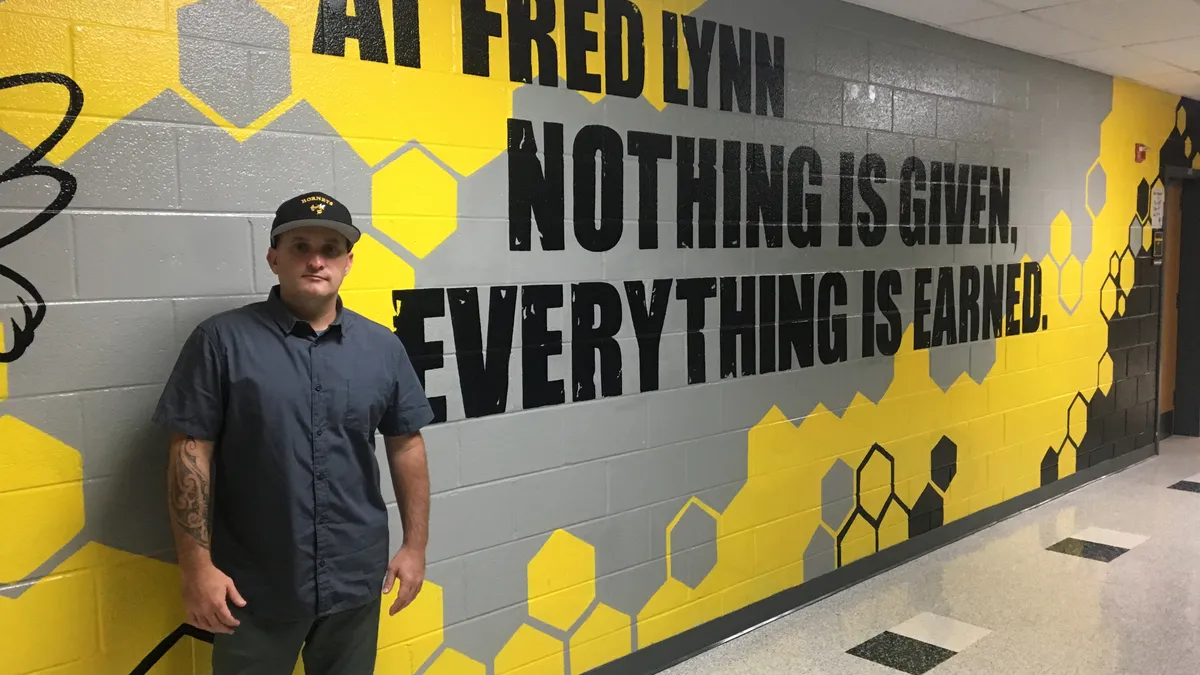Lessons In Leadership is an ongoing series in which K-12 principals and superintendents share their best practices and challenges overcome. For more installments, click here.
Over a 30-year career that began with a bookkeeping job and includes stints as regional superintendent and chief of schools of Duval County Public Schools in Florida and deputy superintendent of Detroit Public Schools Community District, Cincinnati Public Schools Superintendent Iranetta Wright has seemingly worked at every level of K-12.
Since coming to the 36,000-student, 65-school district last year, she’s maintained focus on the importance of engaging one of the district’s greatest resources — its local community — with her “Be Present” initiative, which builds on a “Back to Basics” approach of prioritizing academics, behavior and culture.
We recently caught up with Wright to learn more about these initiatives, strategies for gaining community buy-in, and what it means to get back to the basics to support that work.
Editor’s Note: The following interview has been edited for brevity and clarity.
K-12 DIVE: Tell me about the “Be Present” initiative and the importance of engaging the local community in student success.
IRANETTA WRIGHT: Be Present really is about a call to action for the community to make sure we are all owning the work that's happening with our children. Children can learn at great levels with the right support and resources, and really the work is too great for it to be done in isolation. Therefore, it requires all of us to ensure our students are successful.
So, the Be Present initiative is designed to invite families, students, staff and community members to be engaged in student achievement. We have several initiatives under that umbrella, but a primary focus is on volunteerism. It's on tutoring, with a focus specifically on literacy and mathematics.
We've held and scheduled nine Be Present community town hall sessions — in-person sessions, and we did one virtual session. Over 1,000 people have taken the Be Present pledge. And more than 240 people have expressed interest in volunteering and tutoring.
We also launched the “CPS Moves” initiative, which focuses on student and staff well-being and health and wellness. And the last part of Be Present is the Superintendent’s Student Leadership Council, to give students a voice and the opportunity to share ideas that positively impact their school and the district by discussing academics, behavior and culture.
You mentioned town halls. What are some of the other ways you've gone about engaging the community and communicating the importance of these initiatives so you get the level of buy-in you mentioned?
WRIGHT: There is a strong sense of community involvement in Cincinnati, and so we have really been working to make sure that we honor that strong commitment and strong support that comes from the community. From individual meetings with community stakeholders to having sessions and moving into conversations with stakeholders to having solution roundtables — or problem-solving roundtables, as we call them — around topics of interest and concern in the community.
One of those I would think of would be transportation. We did community roundtables around transportation. We're doing community involvement through our strategic planning process, where we've invited about 30 to 40 of our community partners to be a part of that conversation with the district team as we're charting a course forward around our goals and guardrails.
So it's continuing to look for ways to make sure we are engaging. We have an office of family and community engagement, and we're continuing to work with that office so it is robust.
As we think about partnerships for our school sites, we have resource coordinators at each of our schools who work with the lead agency in our community. Our schools are all community learning centers, and so as a part of that community learning center model, our resource coordinators work with the community to bring those resources into the school building.
We also have a long-standing tradition in our district of leadership development and decision making councils that include community partnerships. There are just a variety of ways that we're continuing to expand the work we're doing around partnerships and around community engagement.
Another part of your overall strategy is a “Back to Basics” focus on the “ABCs” of academics, behavior and culture. Can you tell me a little bit about how you're approaching that?
WRIGHT: Coming out of the pandemic, we're really looking to simplify our focus. So we're getting “Back to the Basics” through those ABCs.
Academically, we’re focused on leveraging our strong curriculum materials to ensure that they're implemented during instruction, and that instruction is consistent in every classroom.
When I transitioned to the district, I spent the first 100 days doing listening and learning tours. What I really found is that the district was doing a whole lot, and we really wanted to make sure we were streamlining that work, so we're really focused on: How are we improving the academic outcomes for students? How are we improving the behavioral outcomes for students, and how are we making sure that we're focusing on an overall culture of learning, a culture of respect, a culture of collaboration, and a culture of recognition?
How much do these different initiatives build off of each other?
WRIGHT: I think that Back to Basics is the foundation. As we focus on the ABCs, it's really the foundation of what we're looking to do across the district.
How are we focusing on academics? What are we looking at in classrooms and classroom instruction? What kind of instruction are students getting?
We're focusing on supporting teachers to make sure they feel prepared to meet the diverse needs of our students, and giving students additional resources for success in the classroom — including those with special needs and students for whom English is a second language. We're also expanding pathways for students to not only graduate prepared for college, career or the military, but to also graduate with college credits or industry credentials.
When we think about behavior, we’re looking to ensure that our learning environments emphasize support and both physical and psychological safety for students. This includes developing programs that drive positive outcomes through character development, character-based lessons, positive behavior support, social-emotional learning and restorative practices.
We're really strengthening our mental health supports and our programs that we're working with in schools to leverage our social workers and our counselors and schools to ensure their effectiveness and access to all students. We're committed to creating a culture of learning, respect, celebration and support by improving the student and adult outcomes related to social-emotional learning, family engagement and school climate.
If you had one piece of advice for other school leaders, what would it be?
WRIGHT: I would say give yourself grace. The work of being a system leader is not easy work. It is one of the most important things that you can do in the country, but it's not easy.
Making sure that you are giving yourself grace, that you're listening, that you’re willing to accept feedback and you're willing to correct or reset and pivot where you need to. That you are working closely with those who have already done the work, and you identify a mentor or a coach or someone you can talk to who has already gone through the experiences you have, and that also you stay in alignment with your board and you are having constant conversations with your board. That you're making sure you are really in alignment with them for the work you want to get done for your children.
I would say not just your board, but your board and stakeholders. That would be your board, your teachers, your administrators, your parents, your community partners — continuing to make sure you are in alignment with them, because it's going to take everybody to get the kind of outcomes that you look to get for students.
Correction: A previous version of this article misidentified Wright’s previous title at Duval County Public Schools. We have updated the story with the correct title.



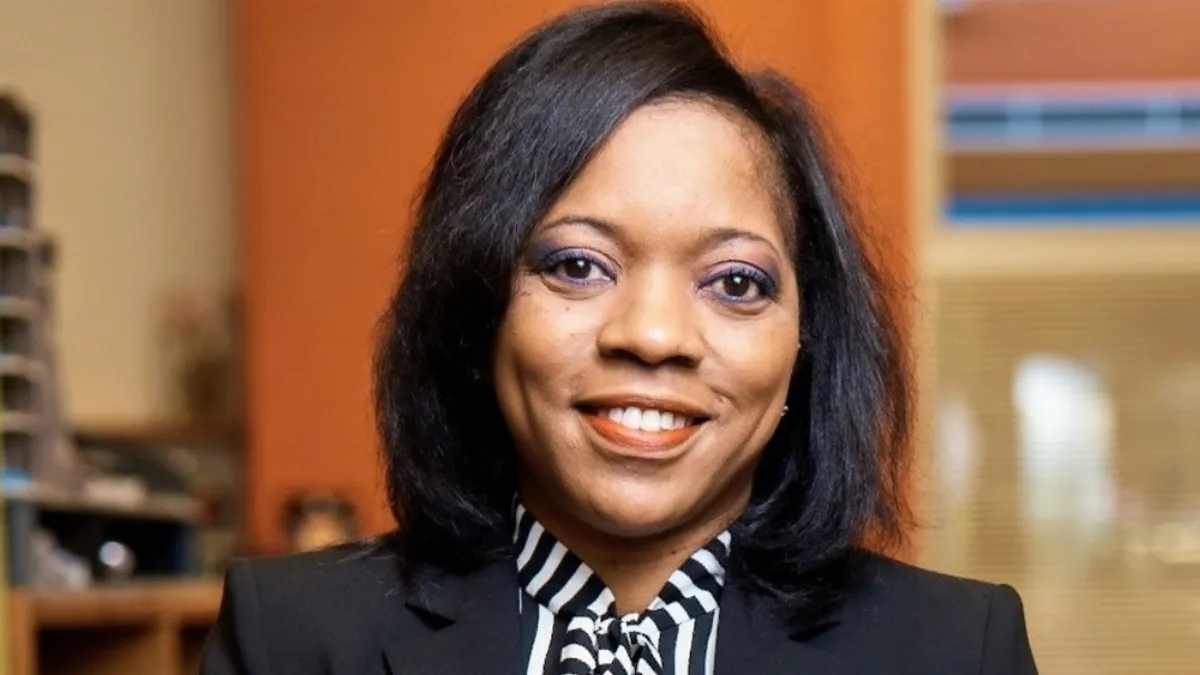



 Dive Awards
Dive Awards

